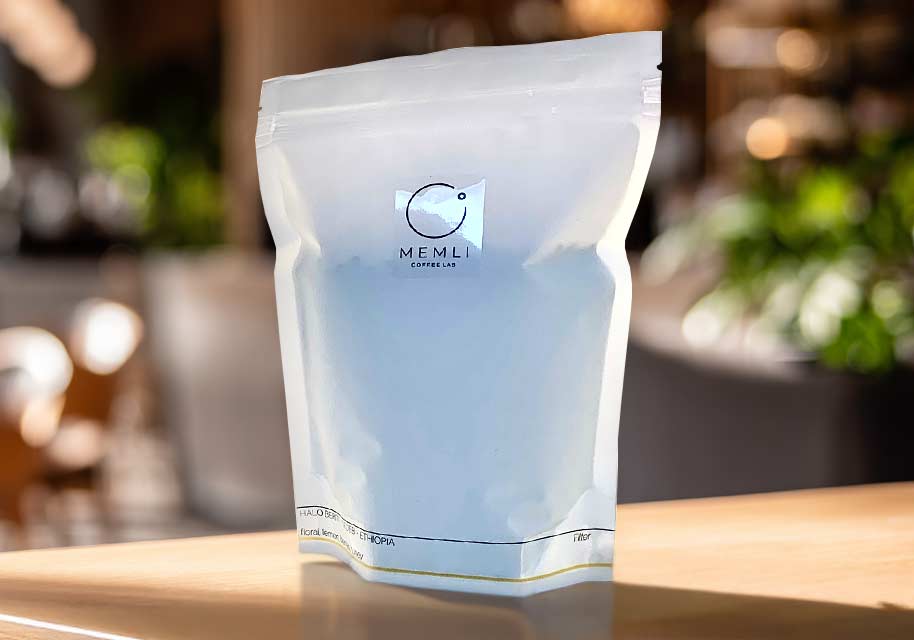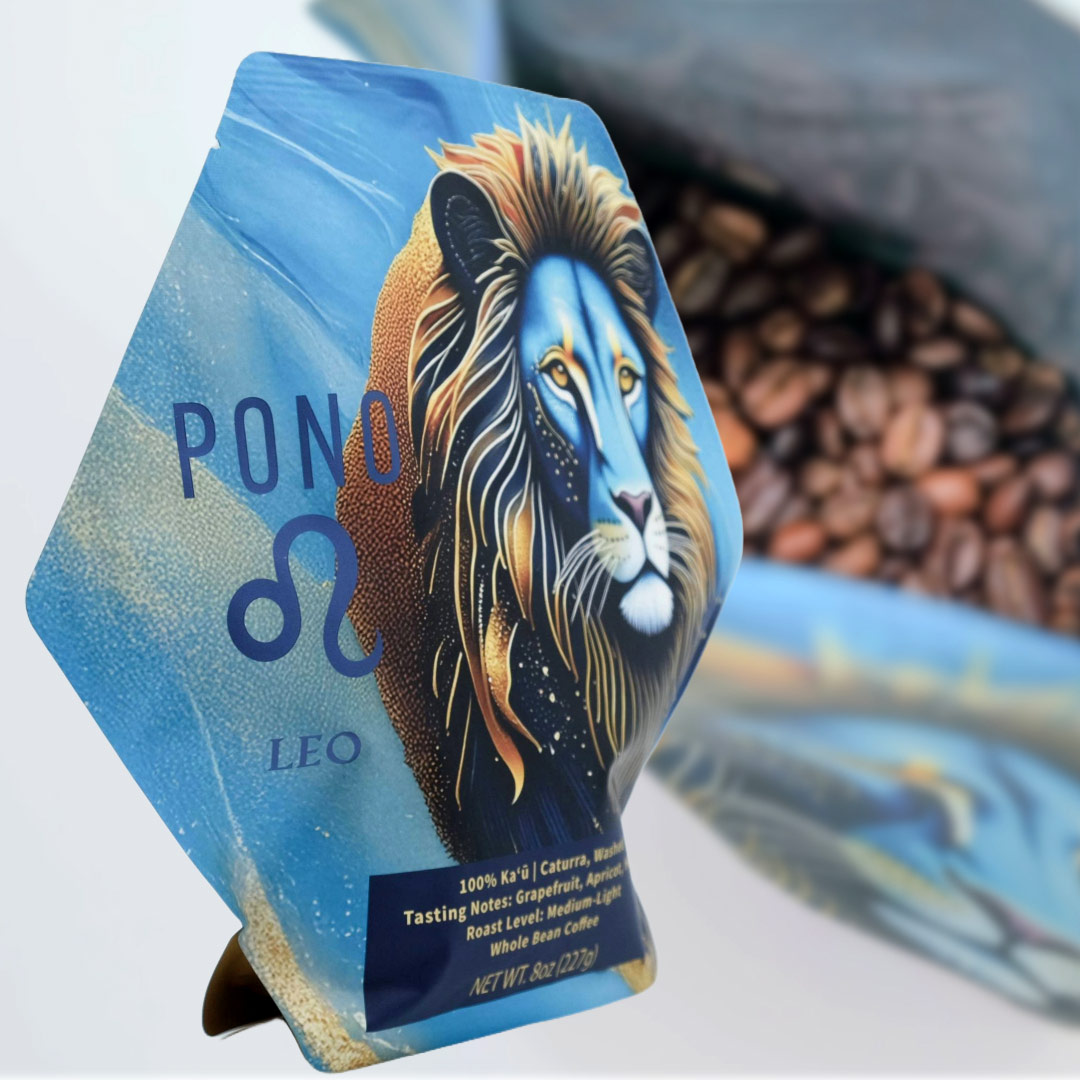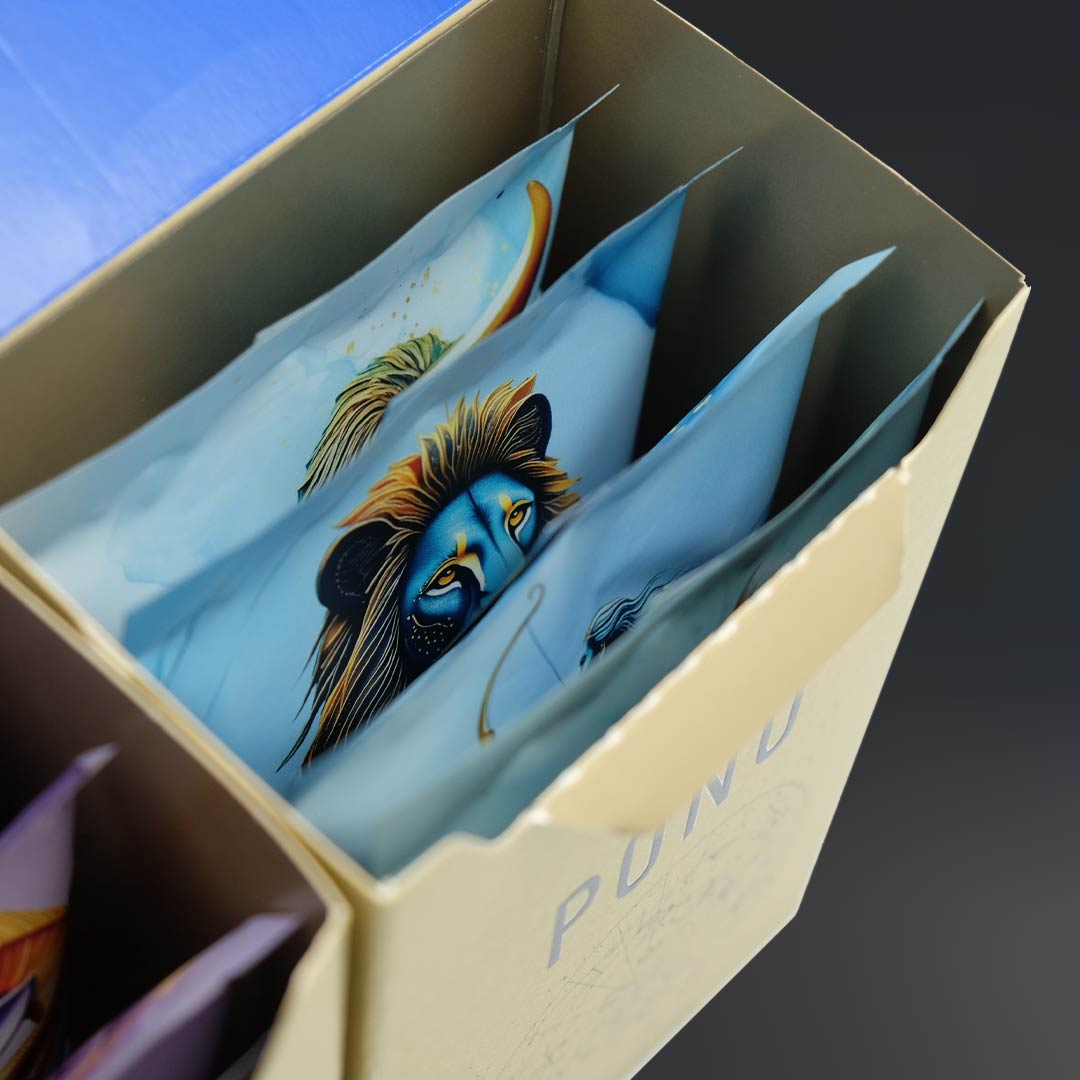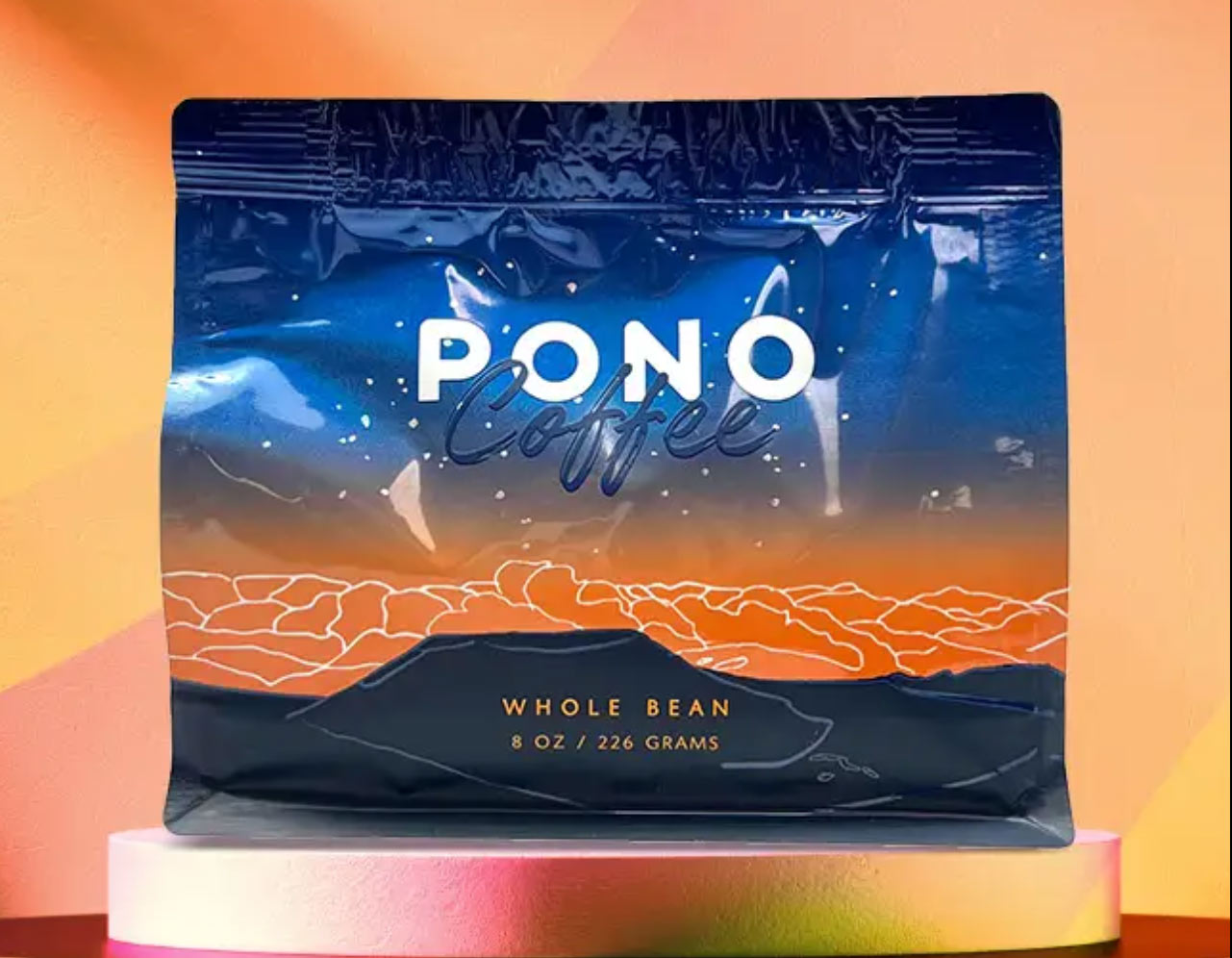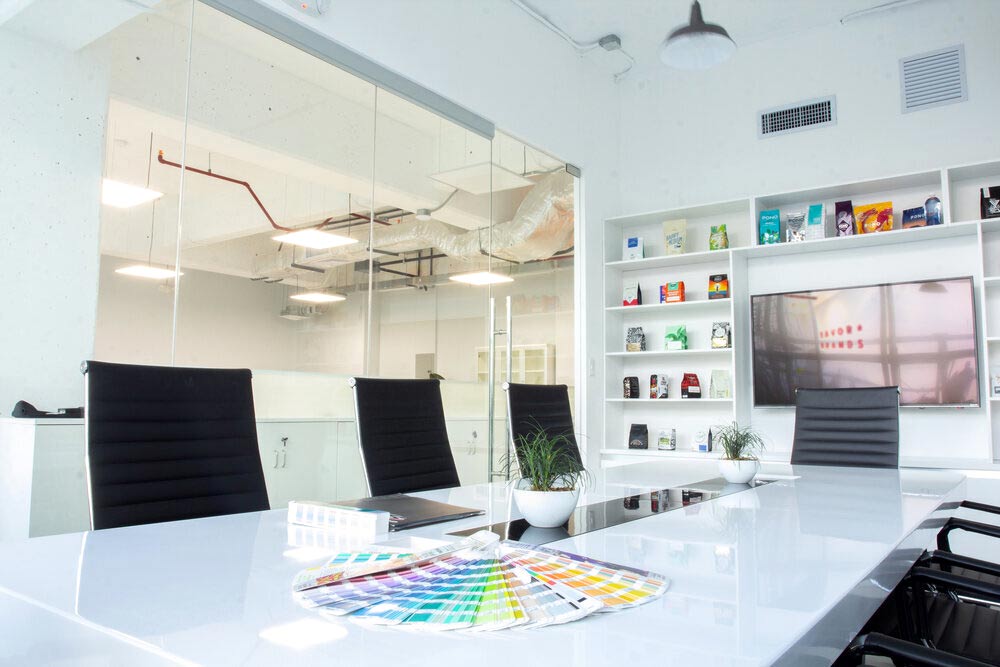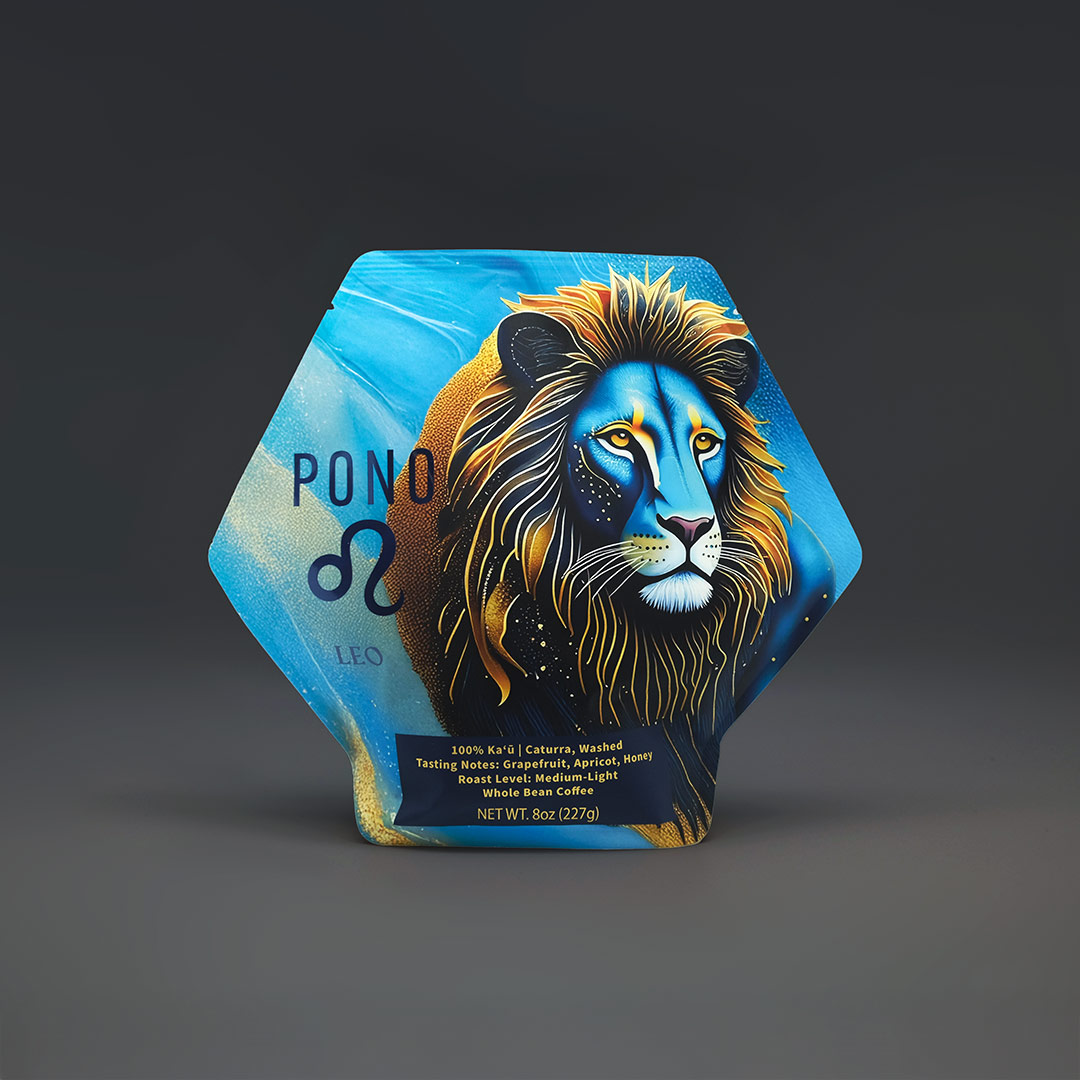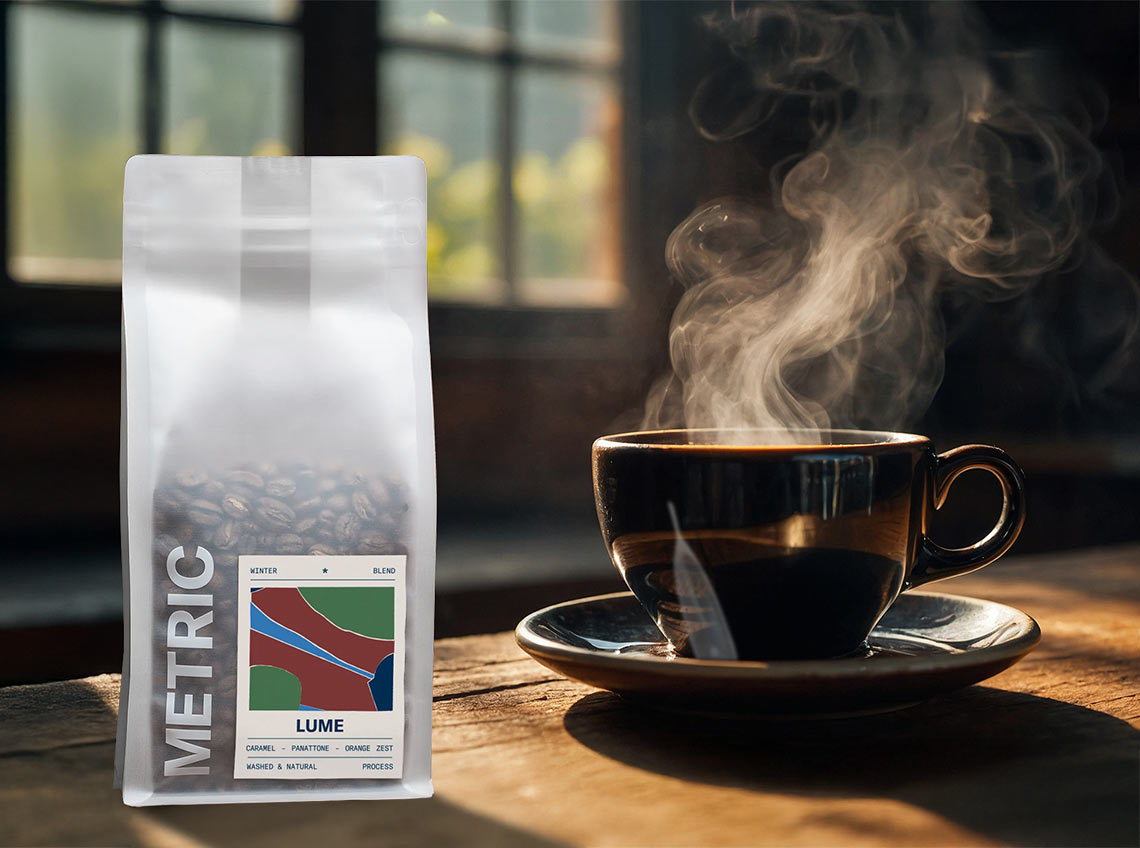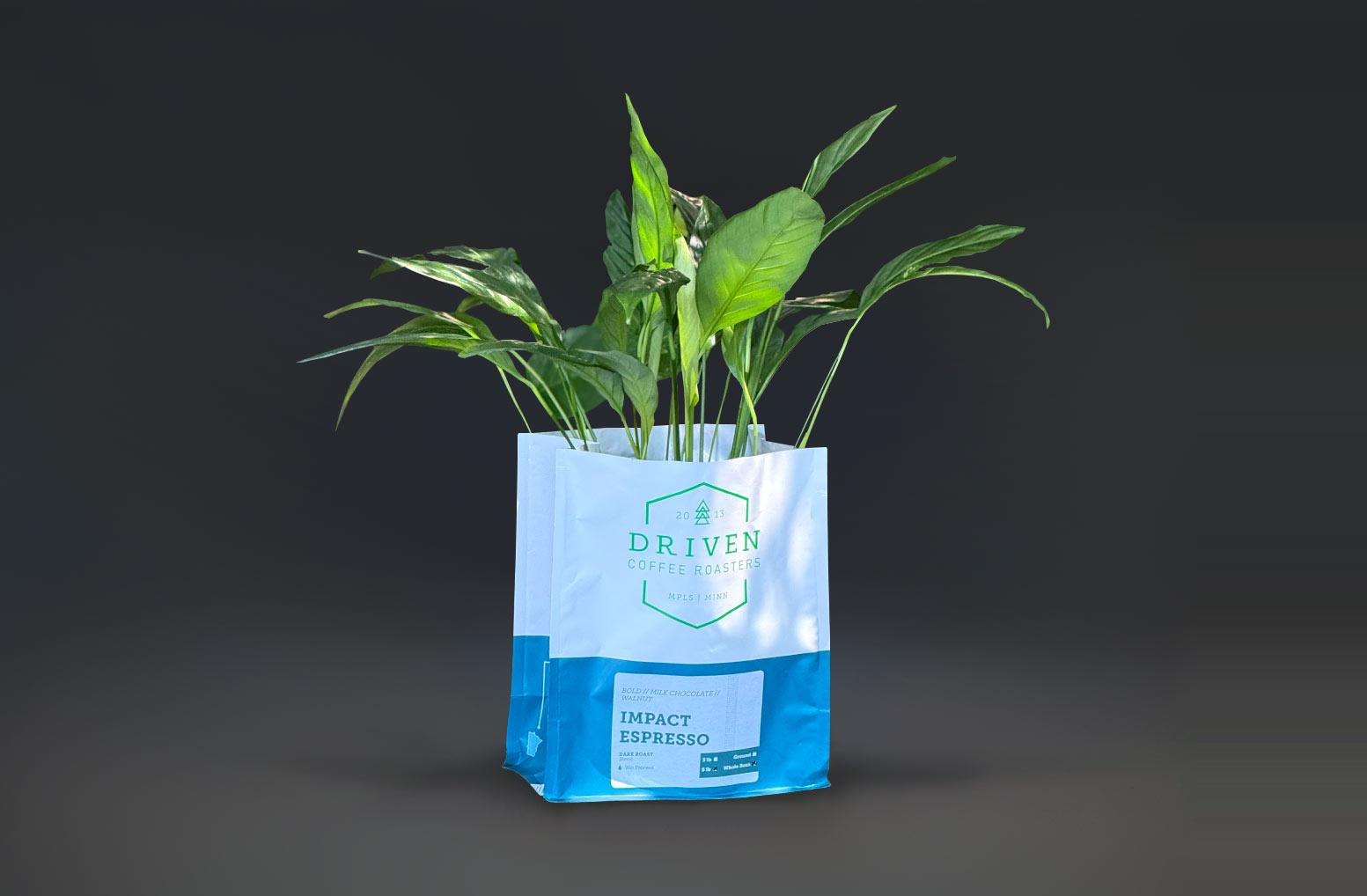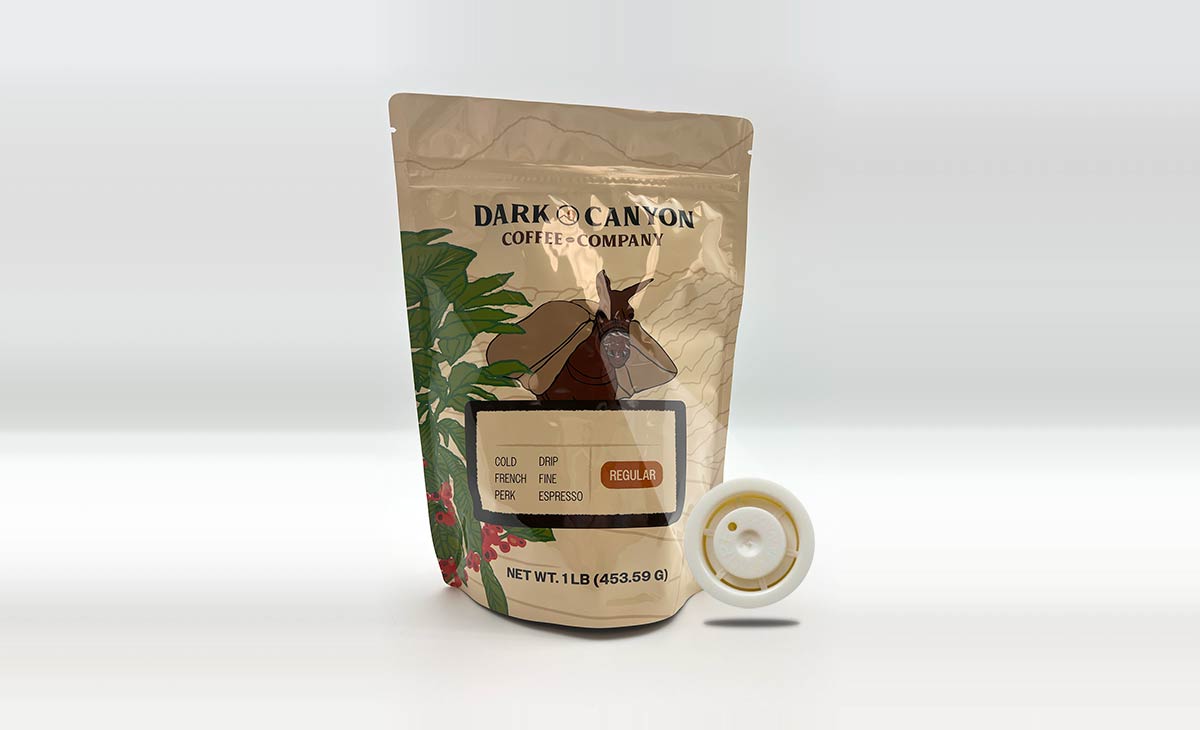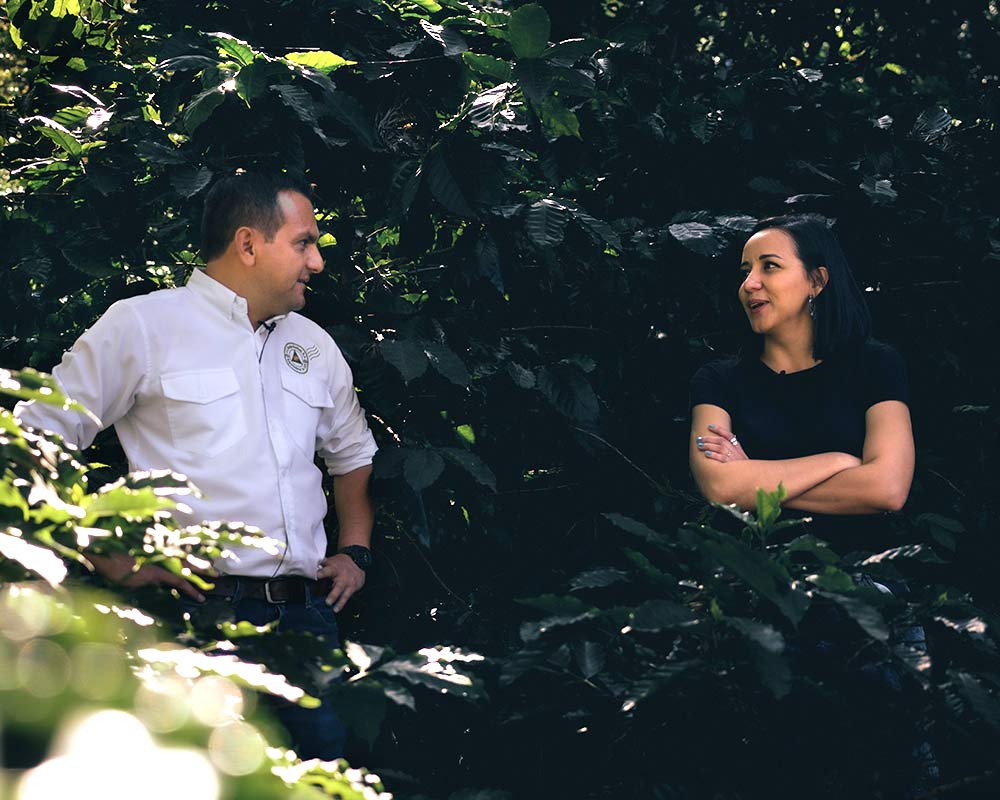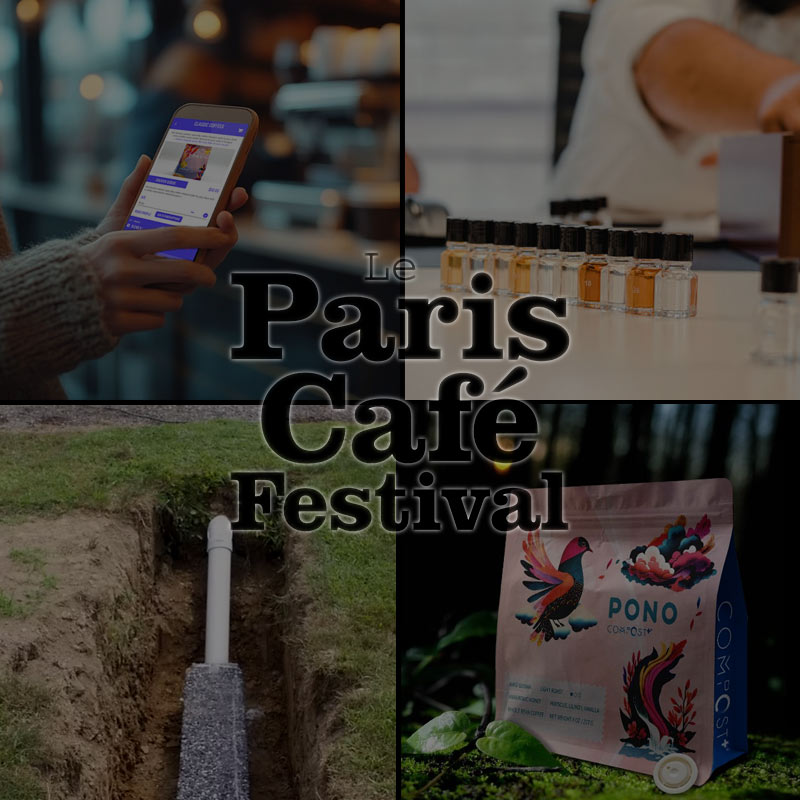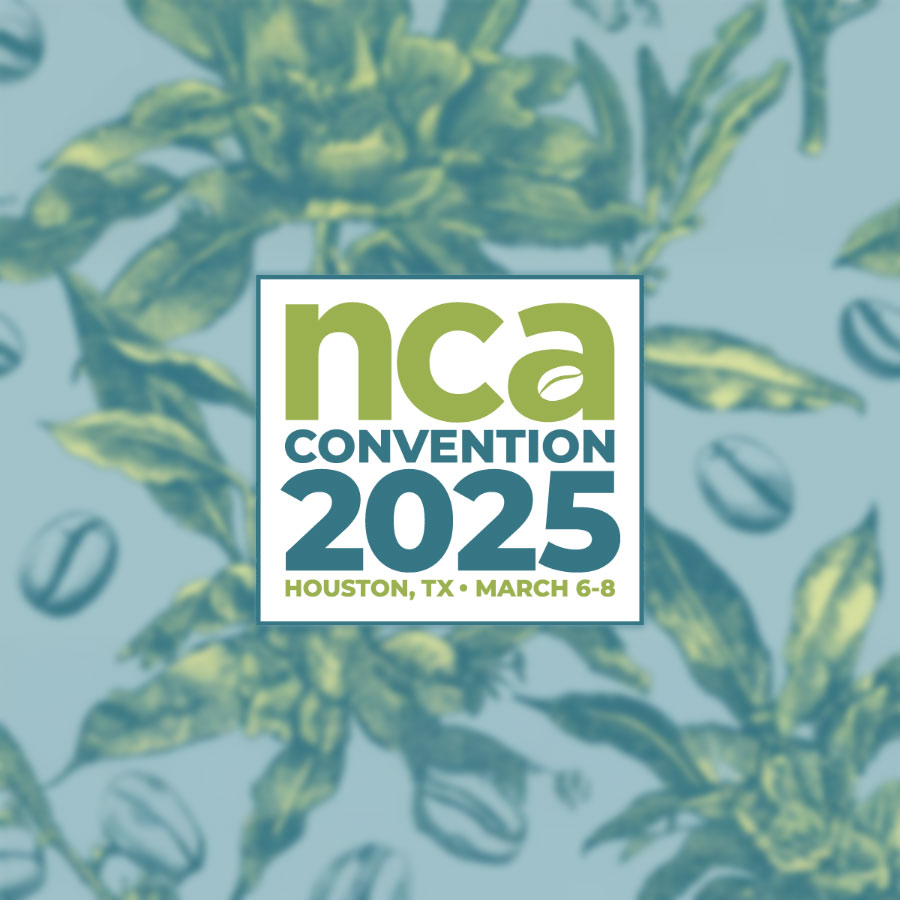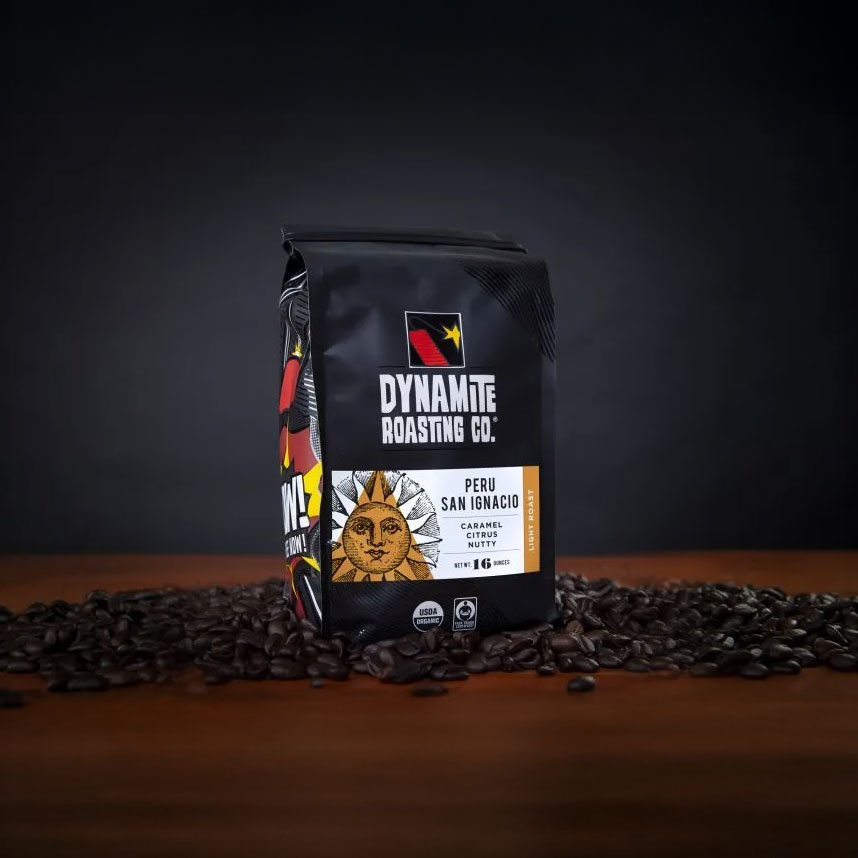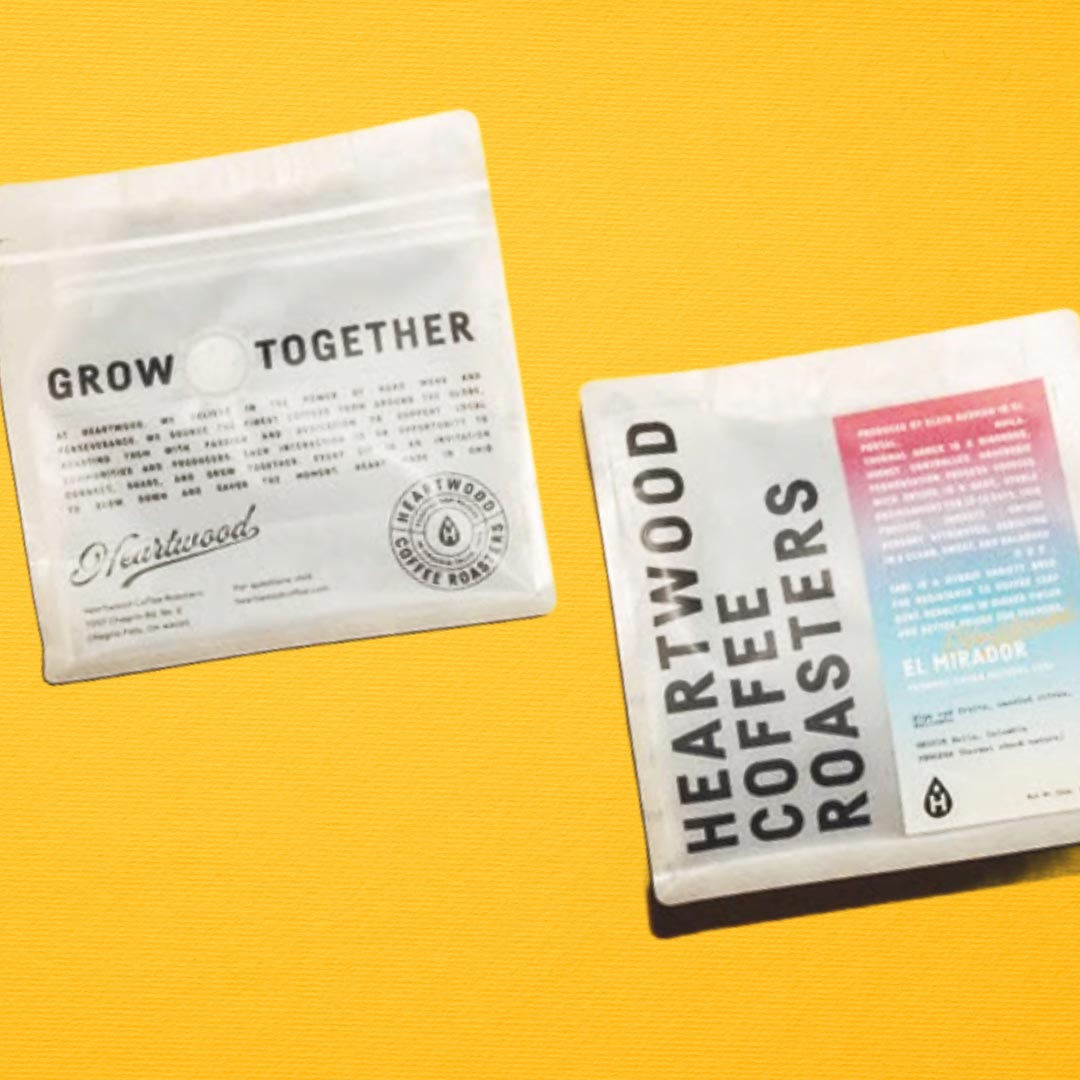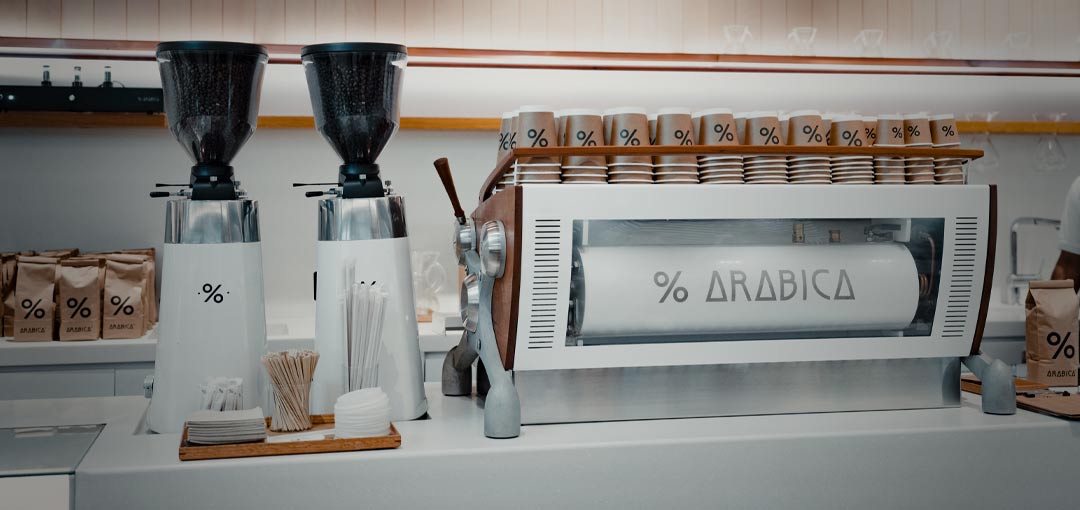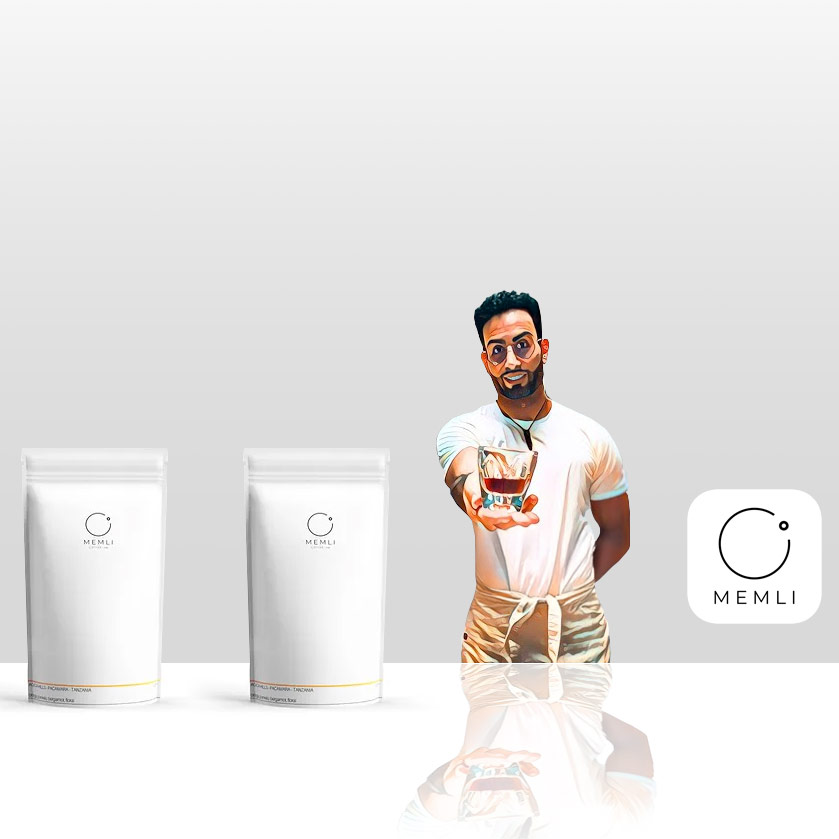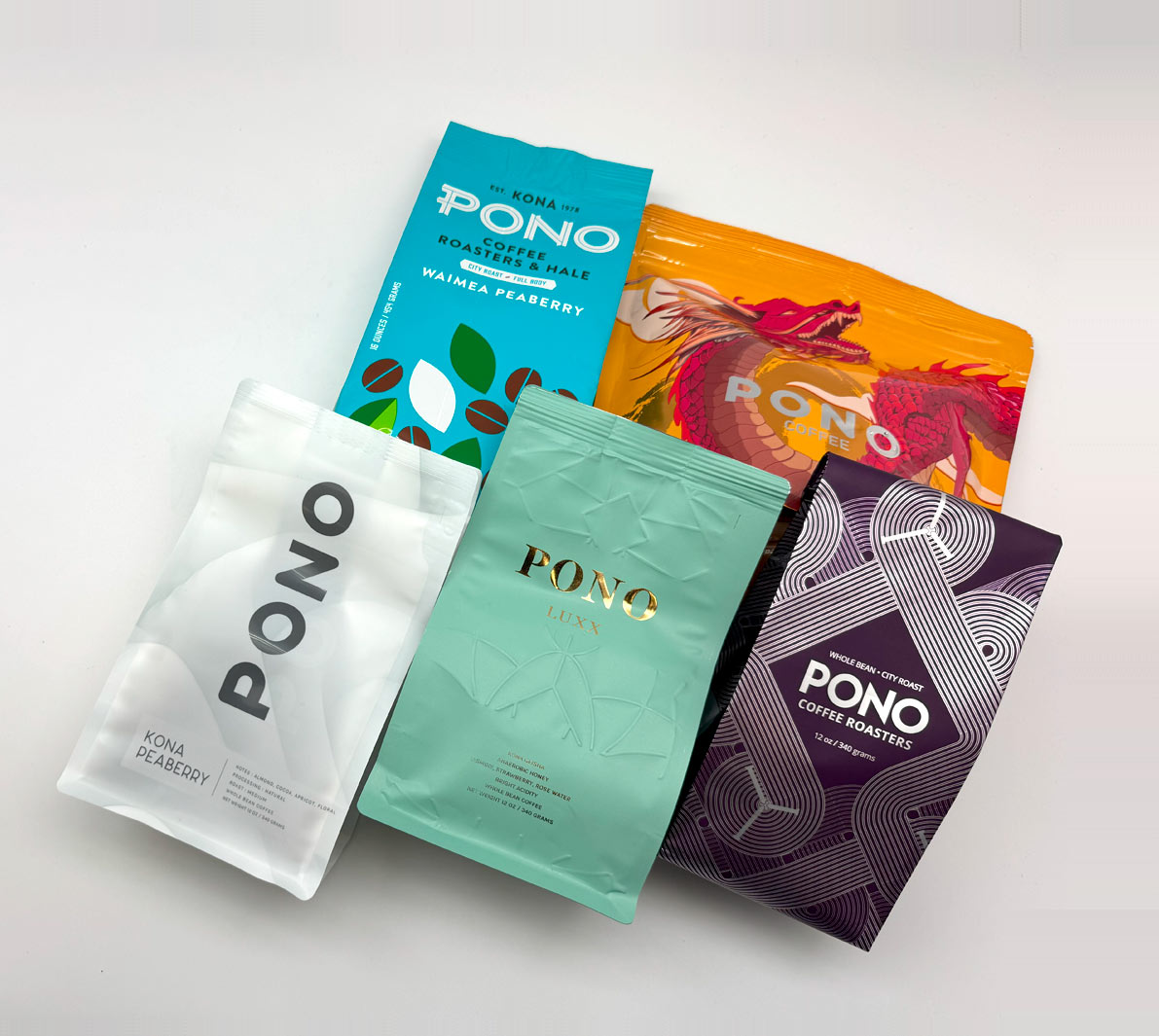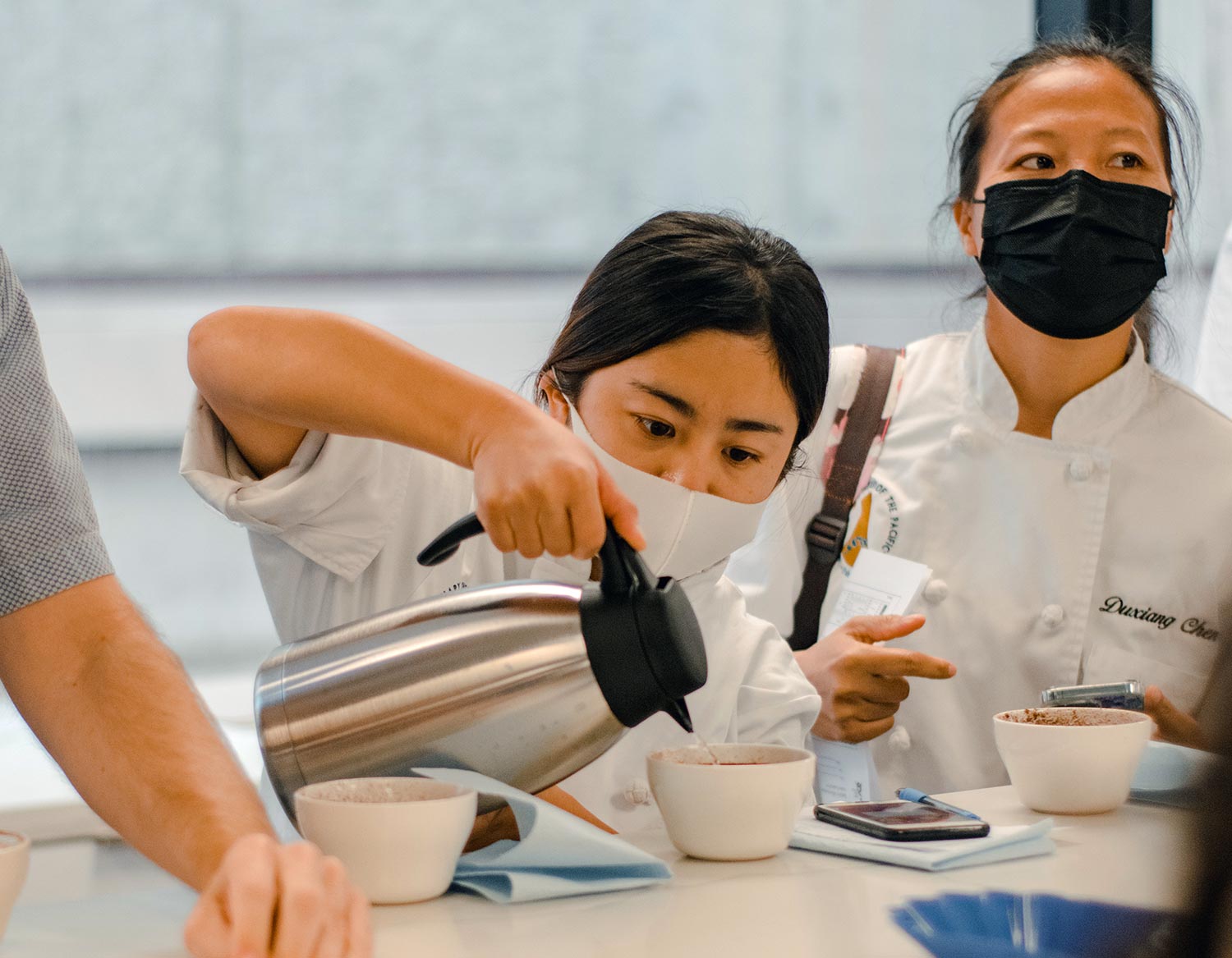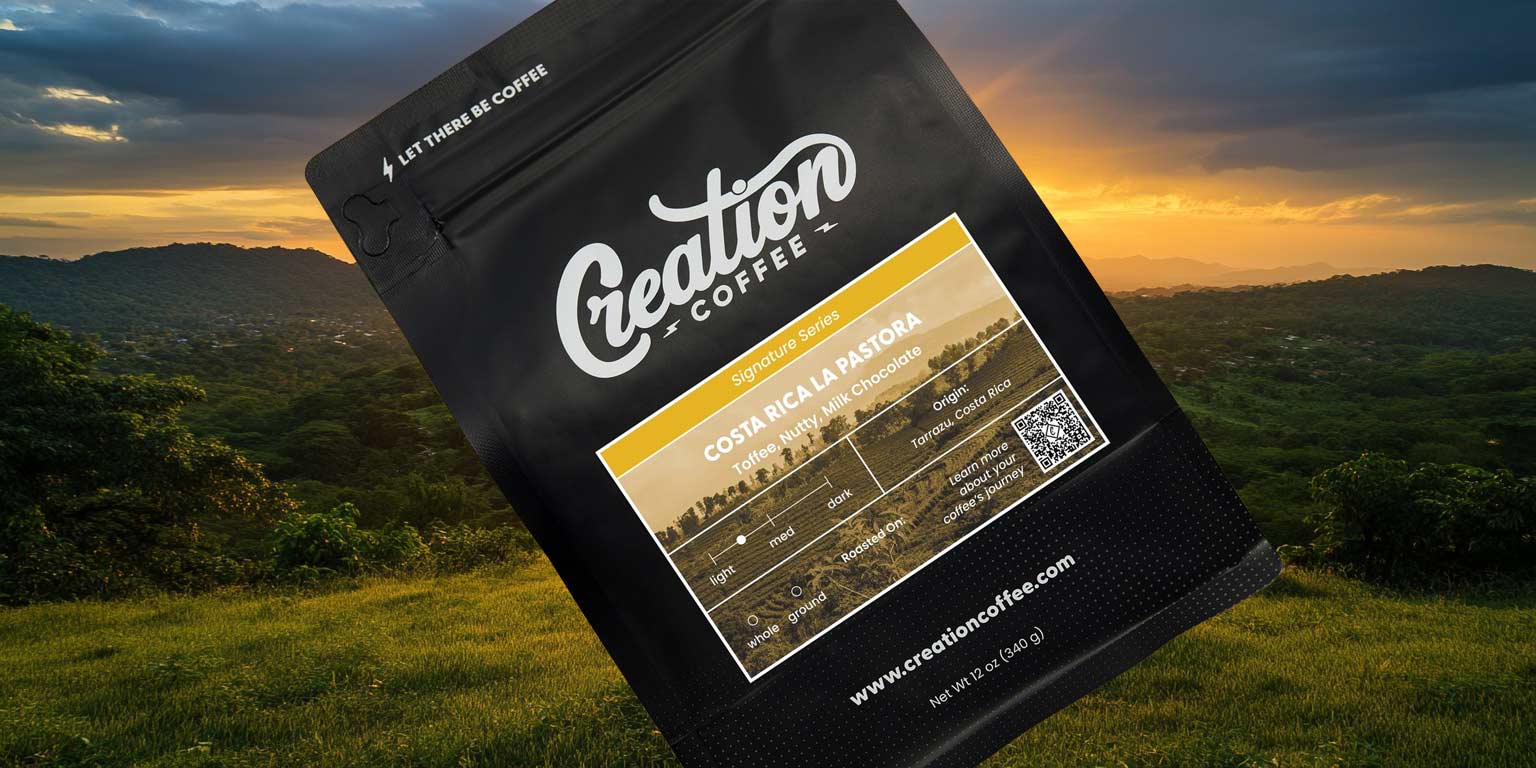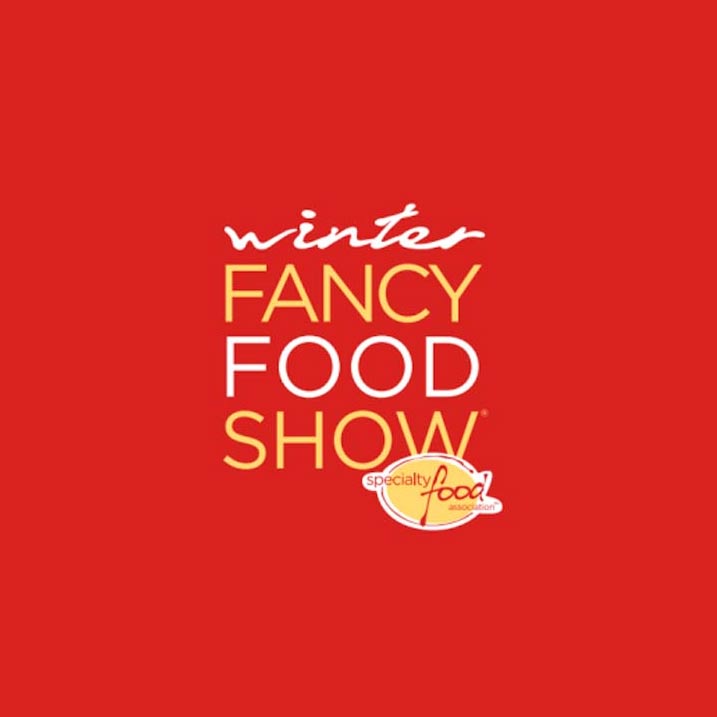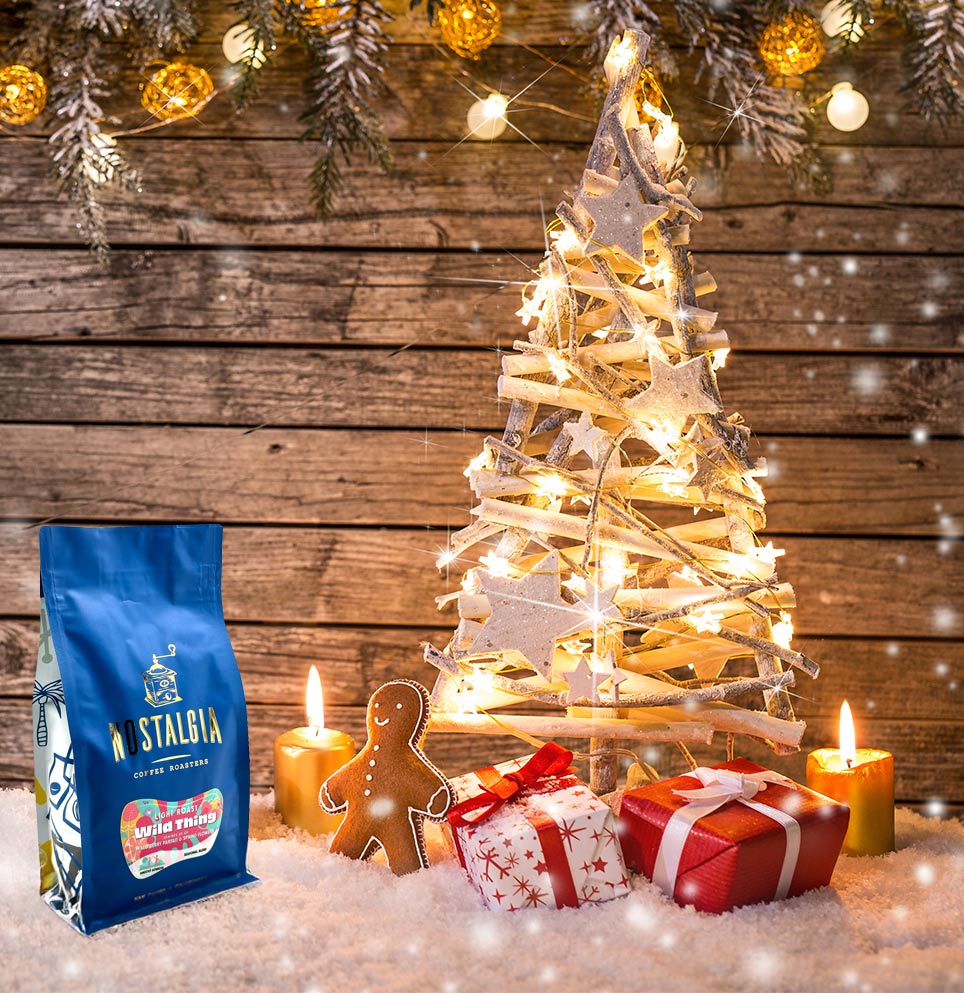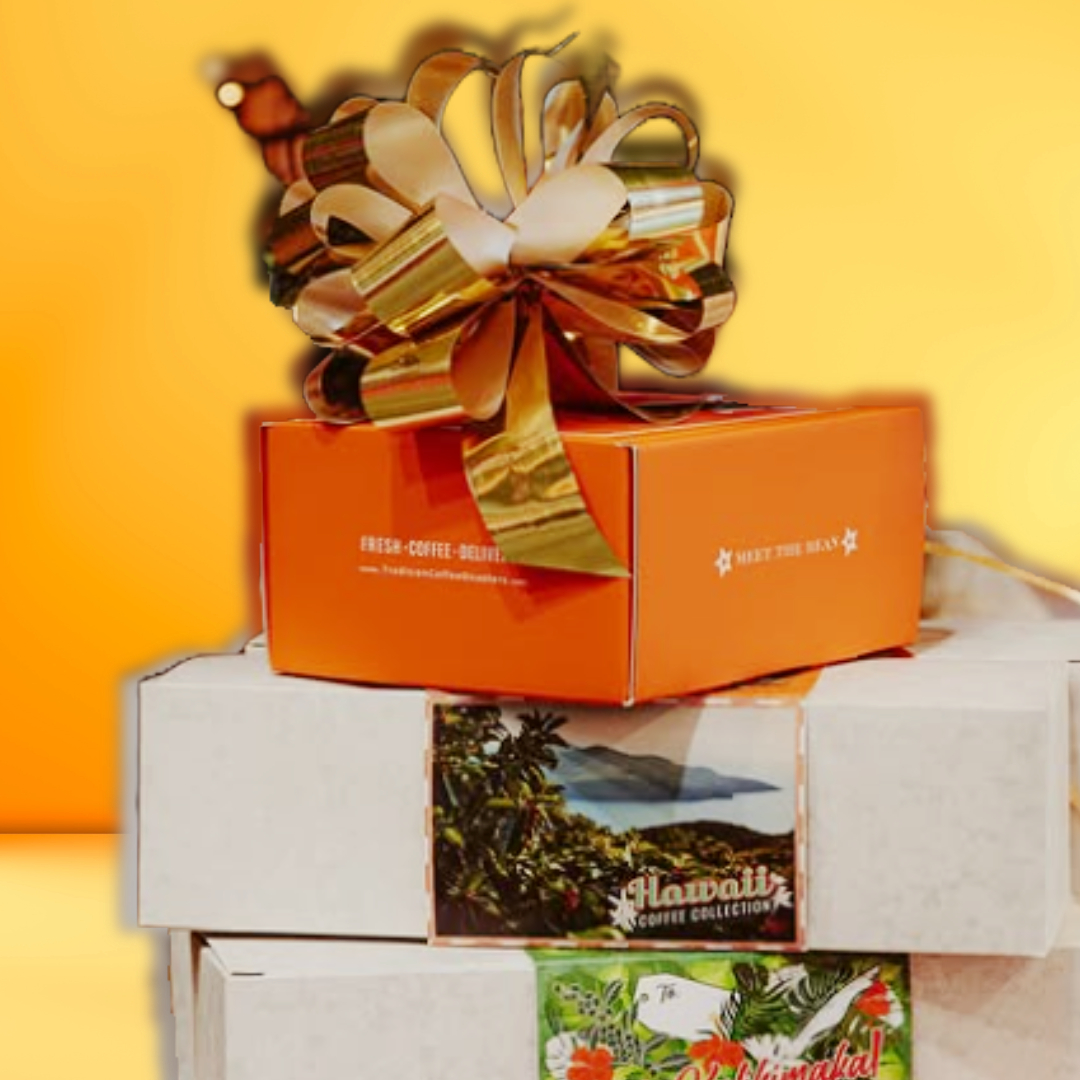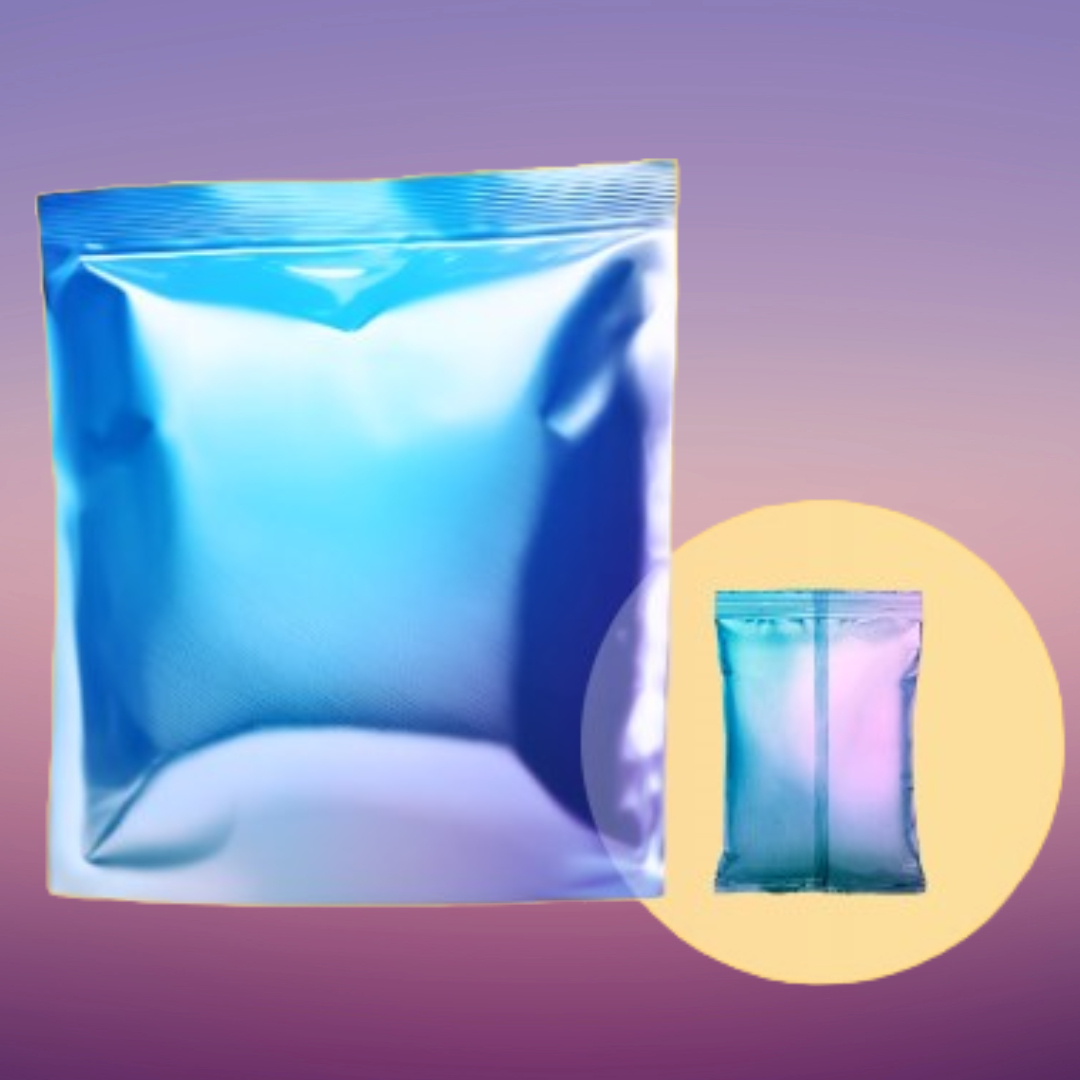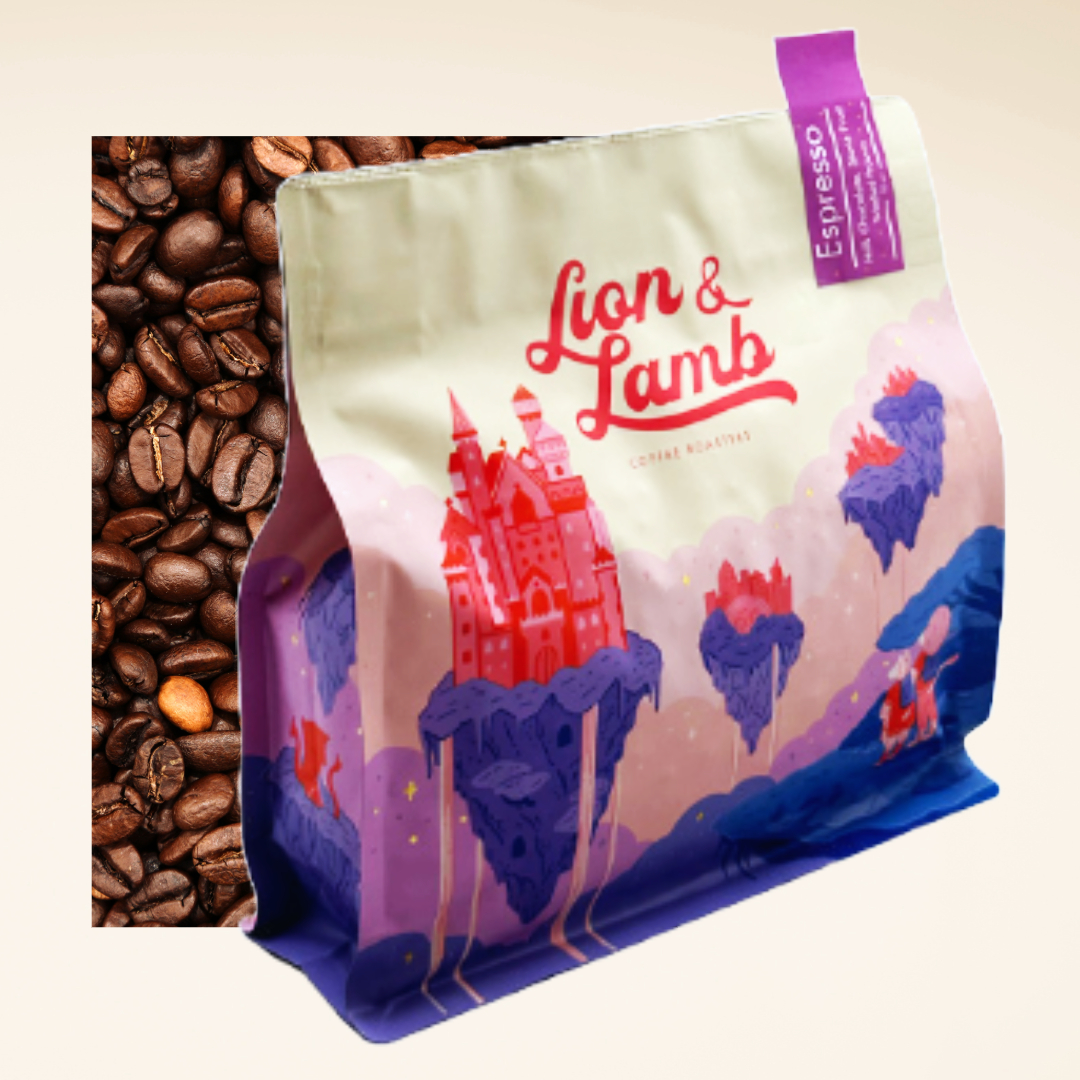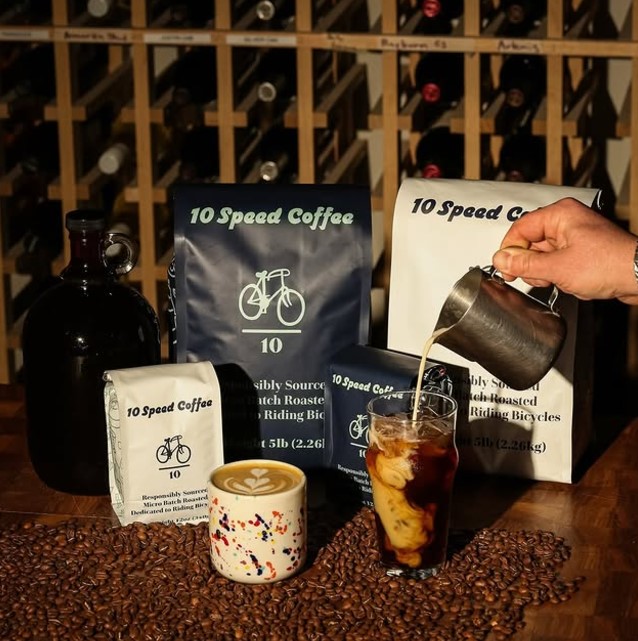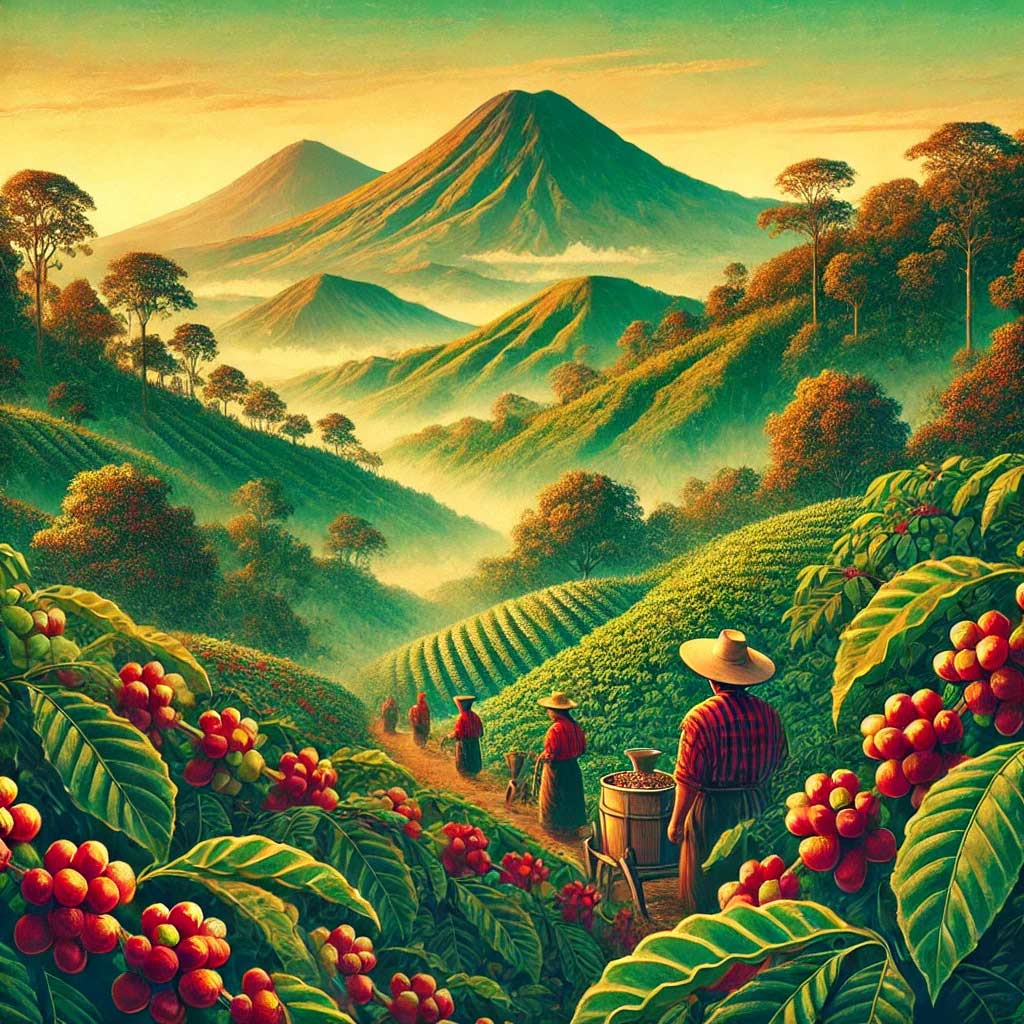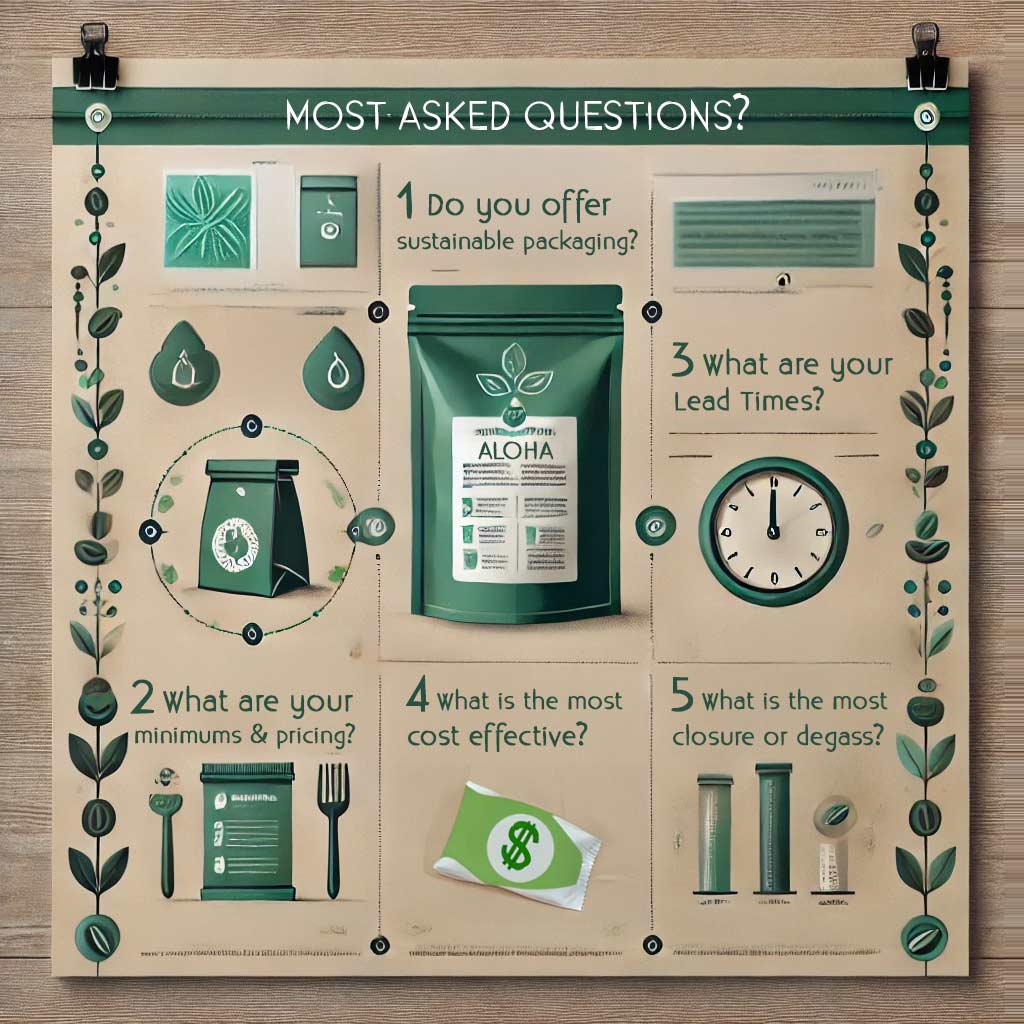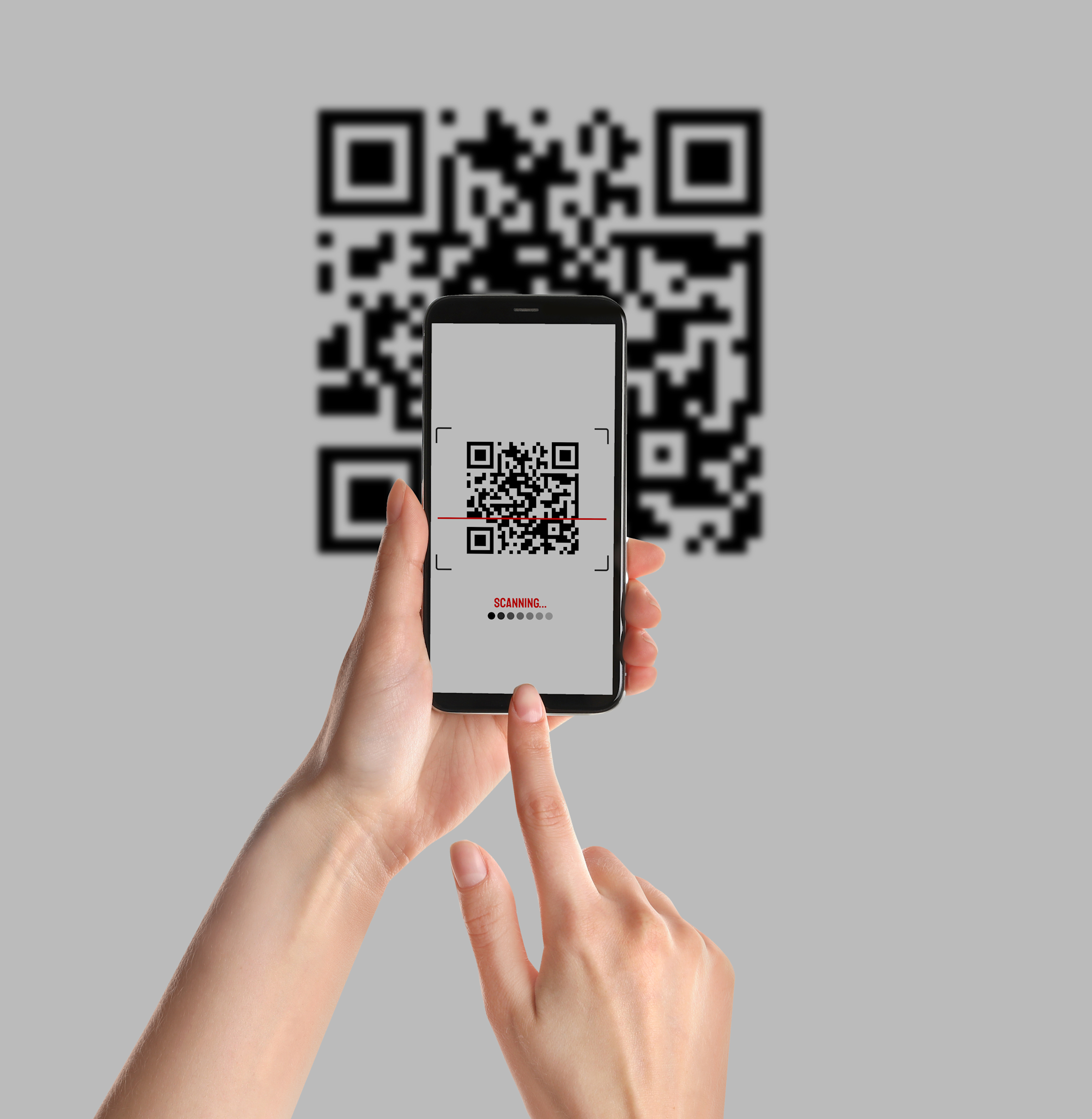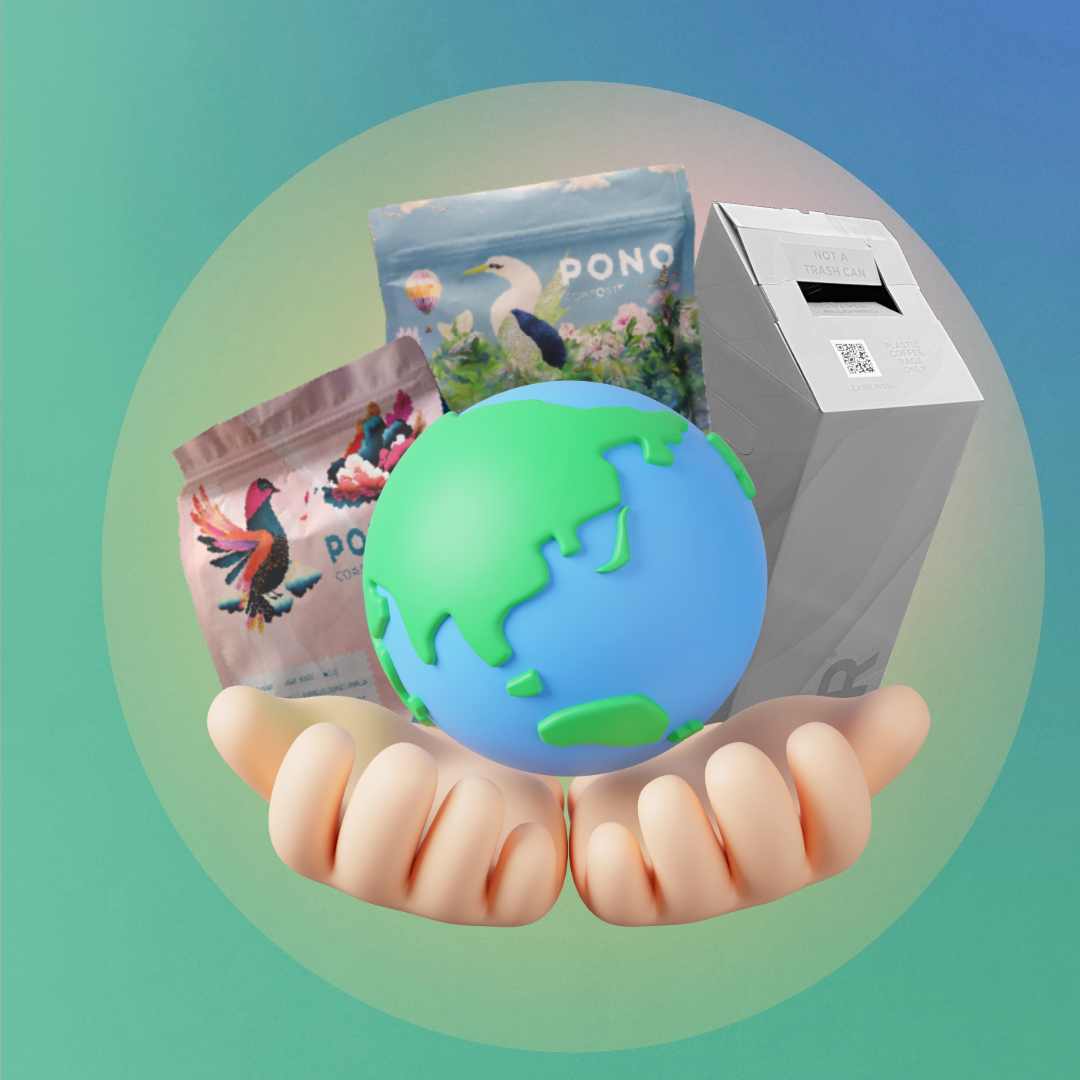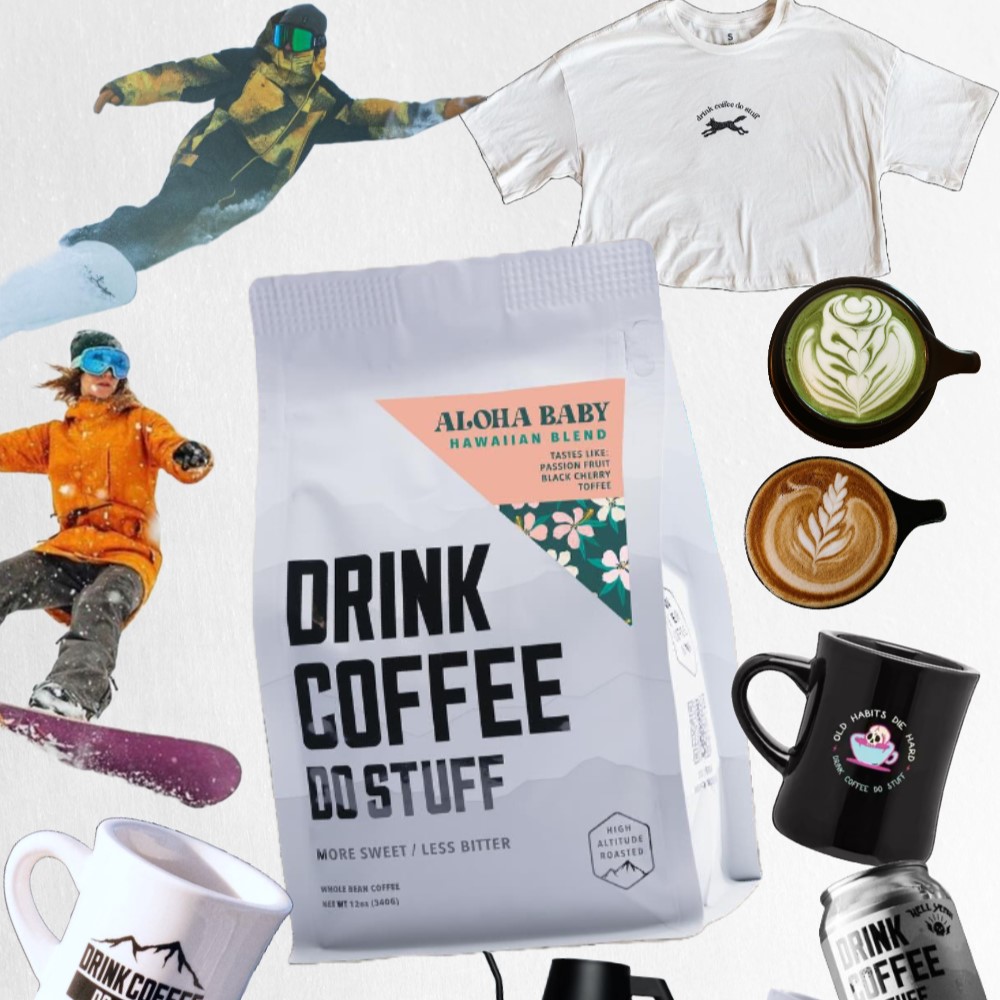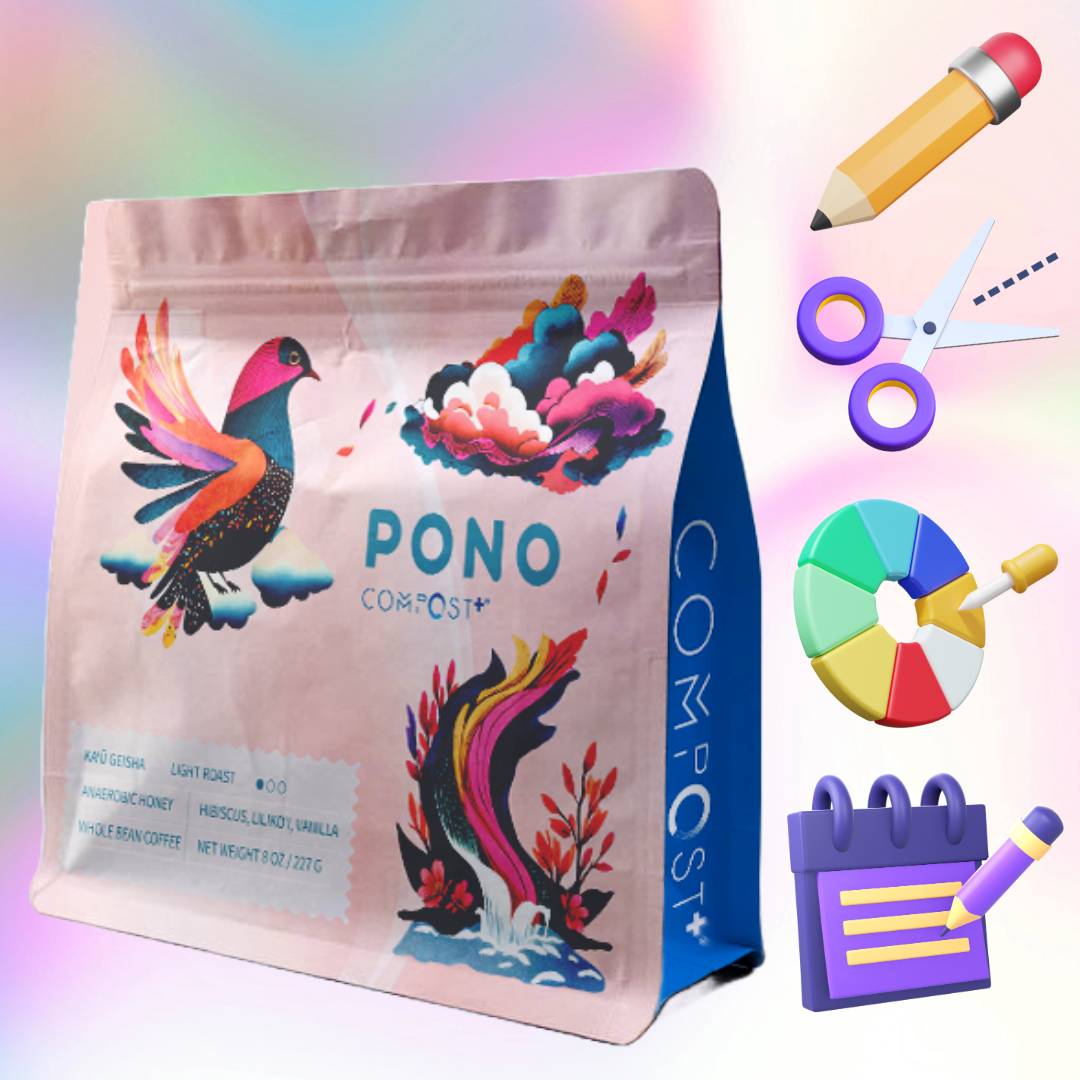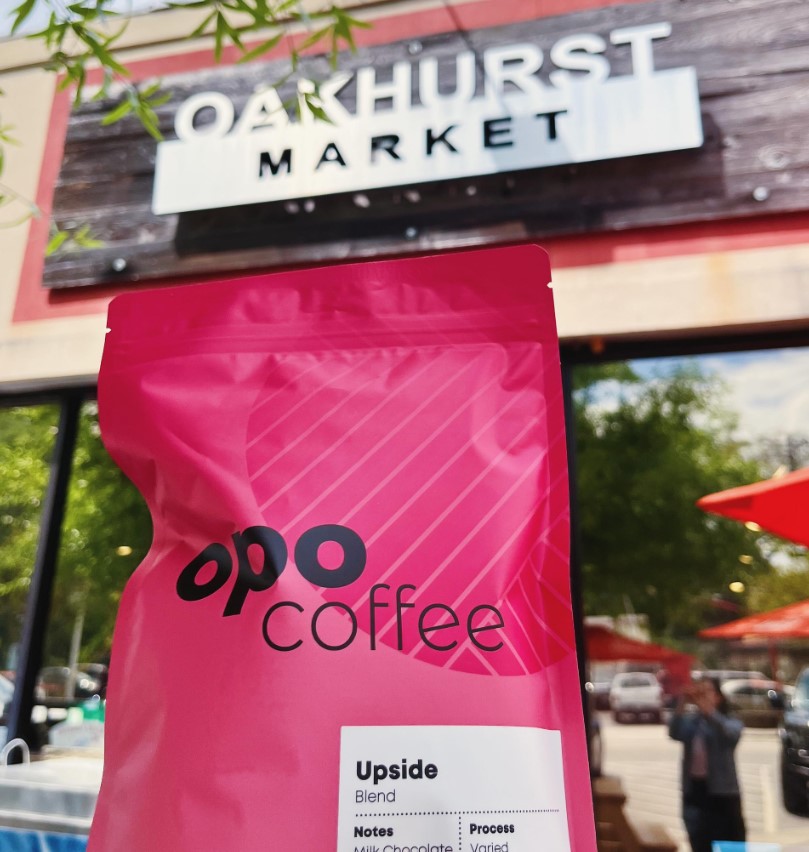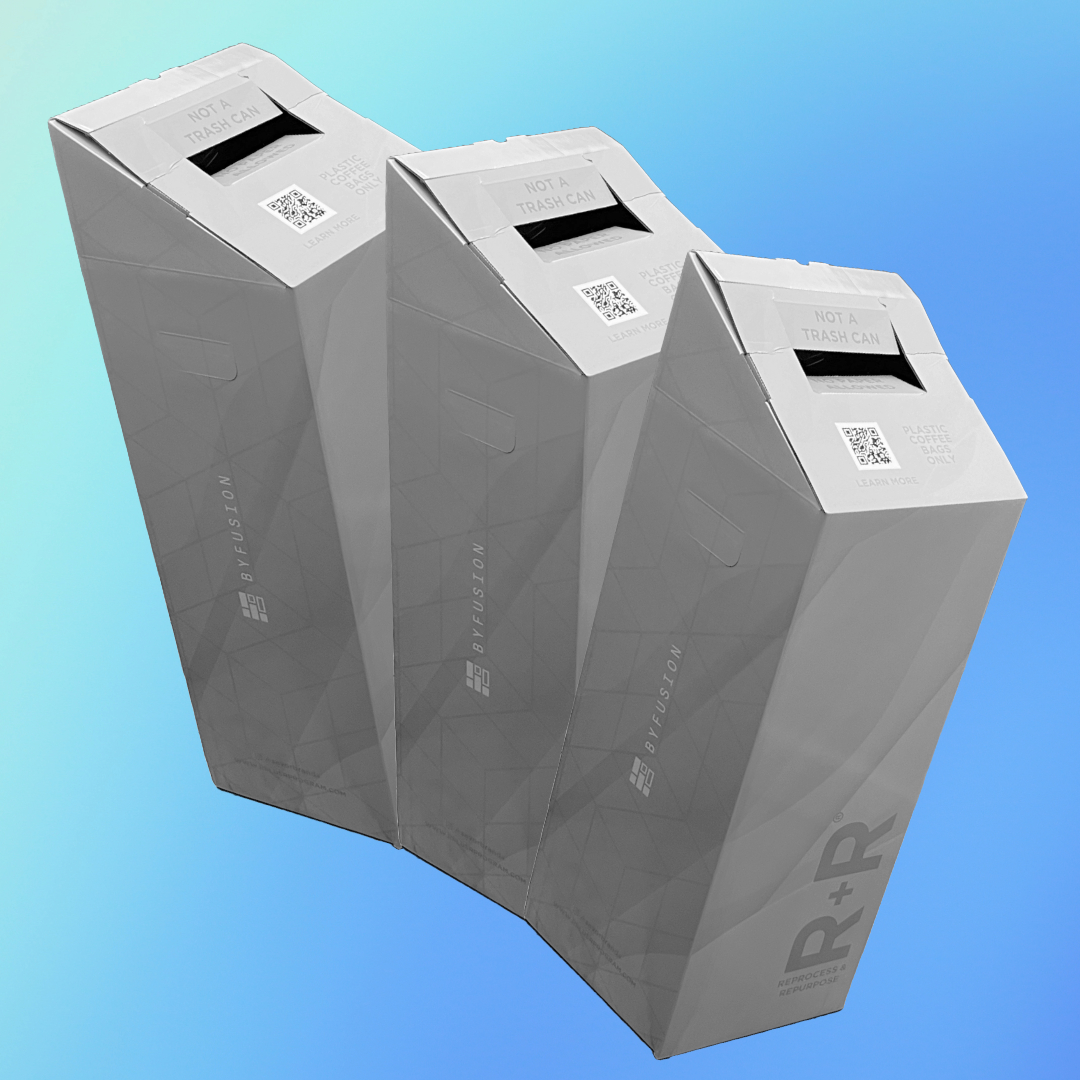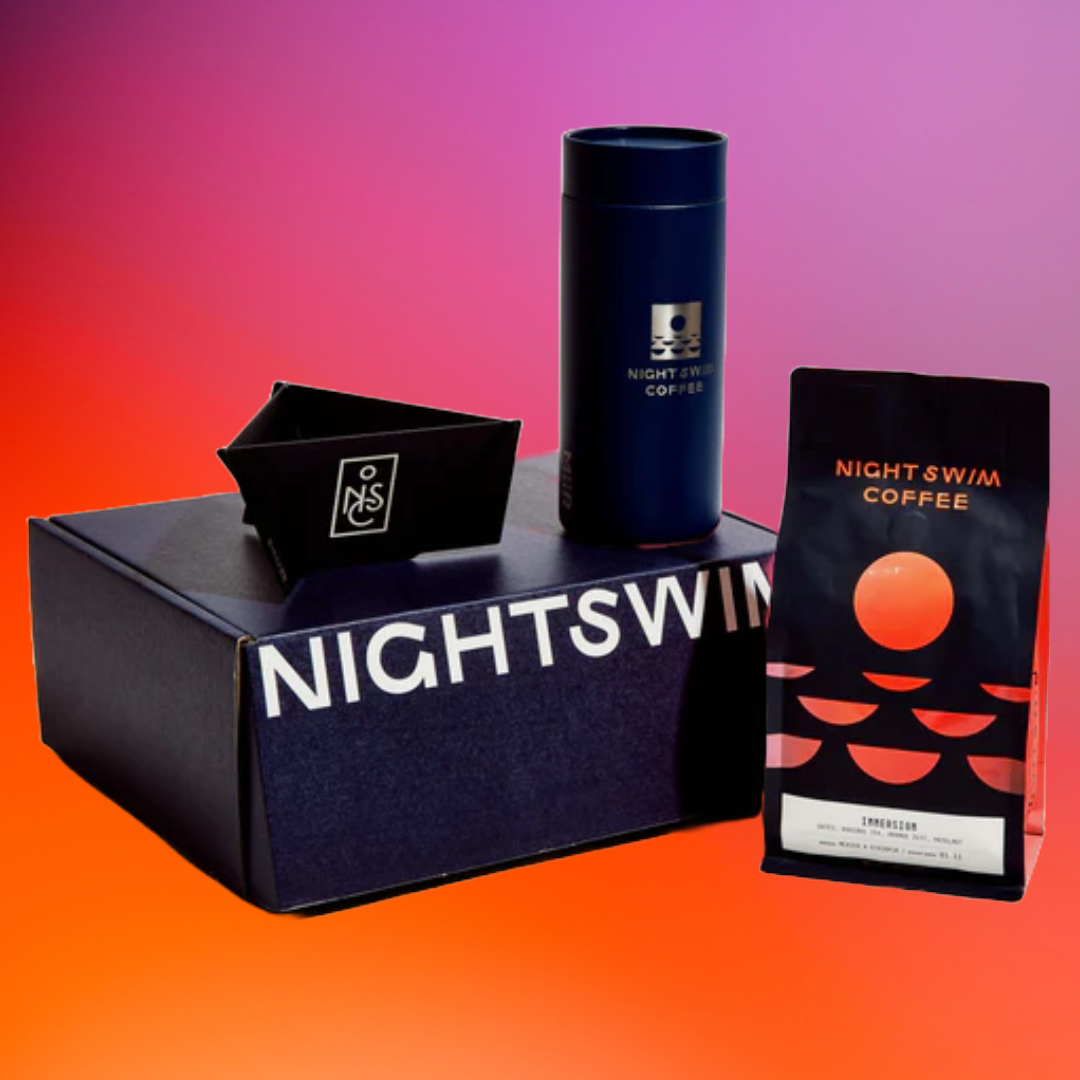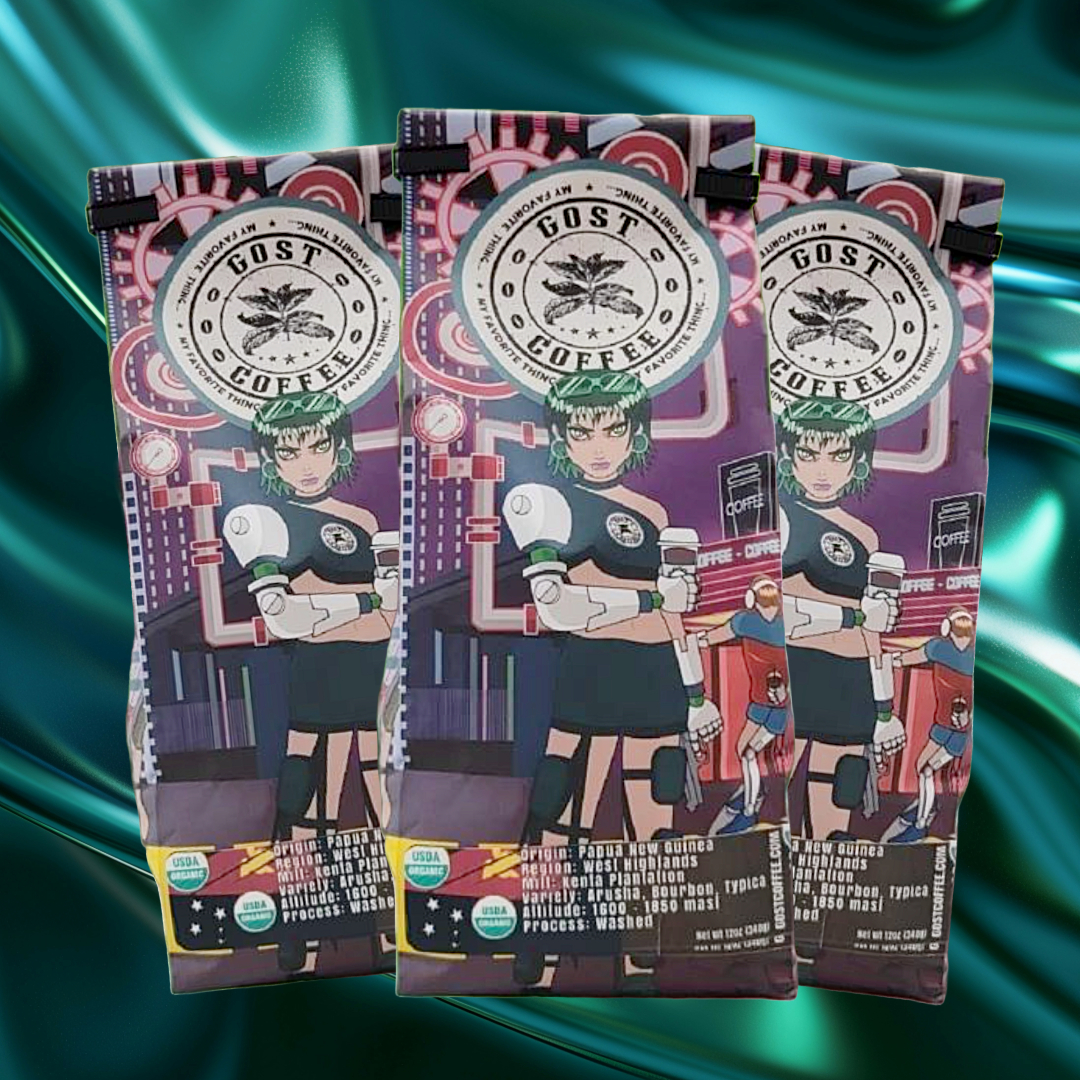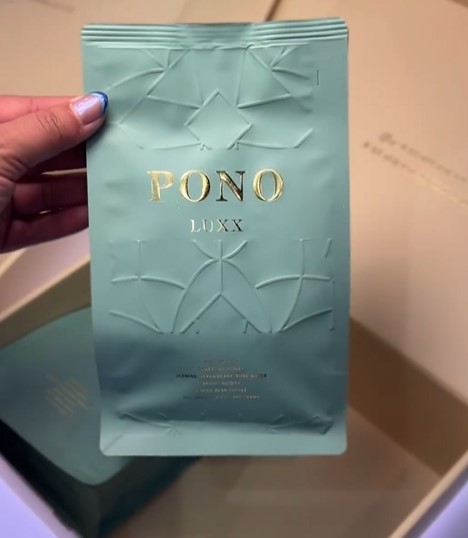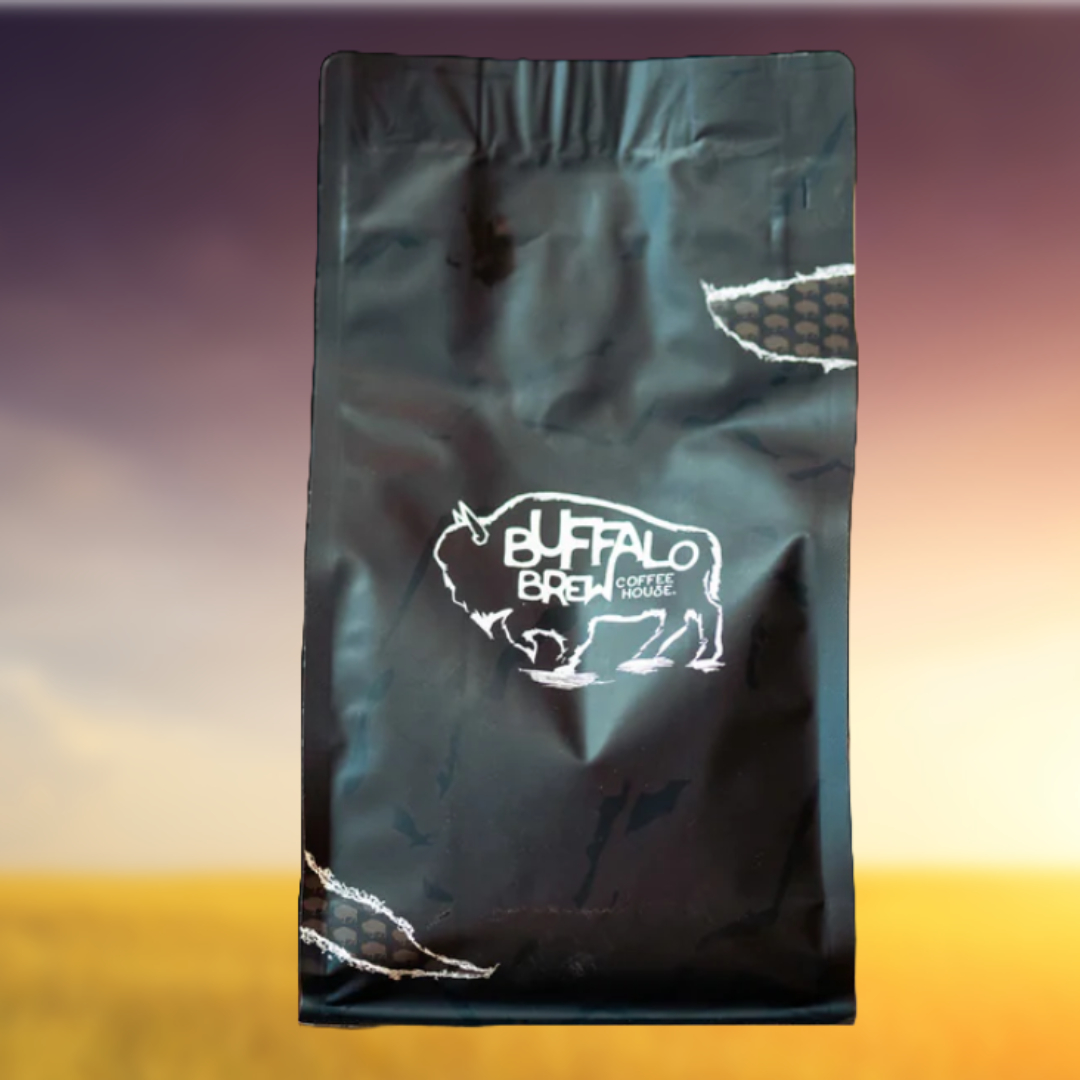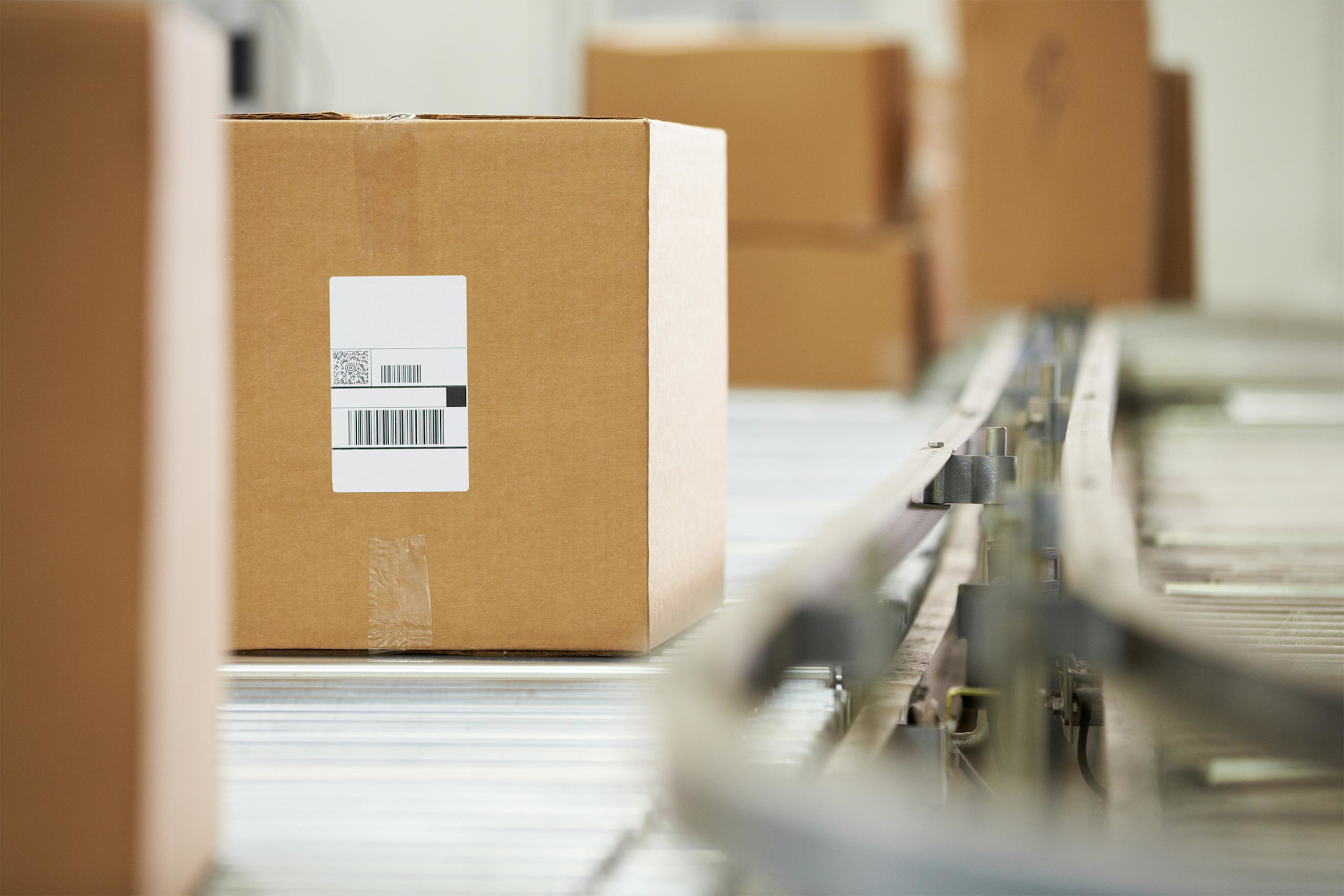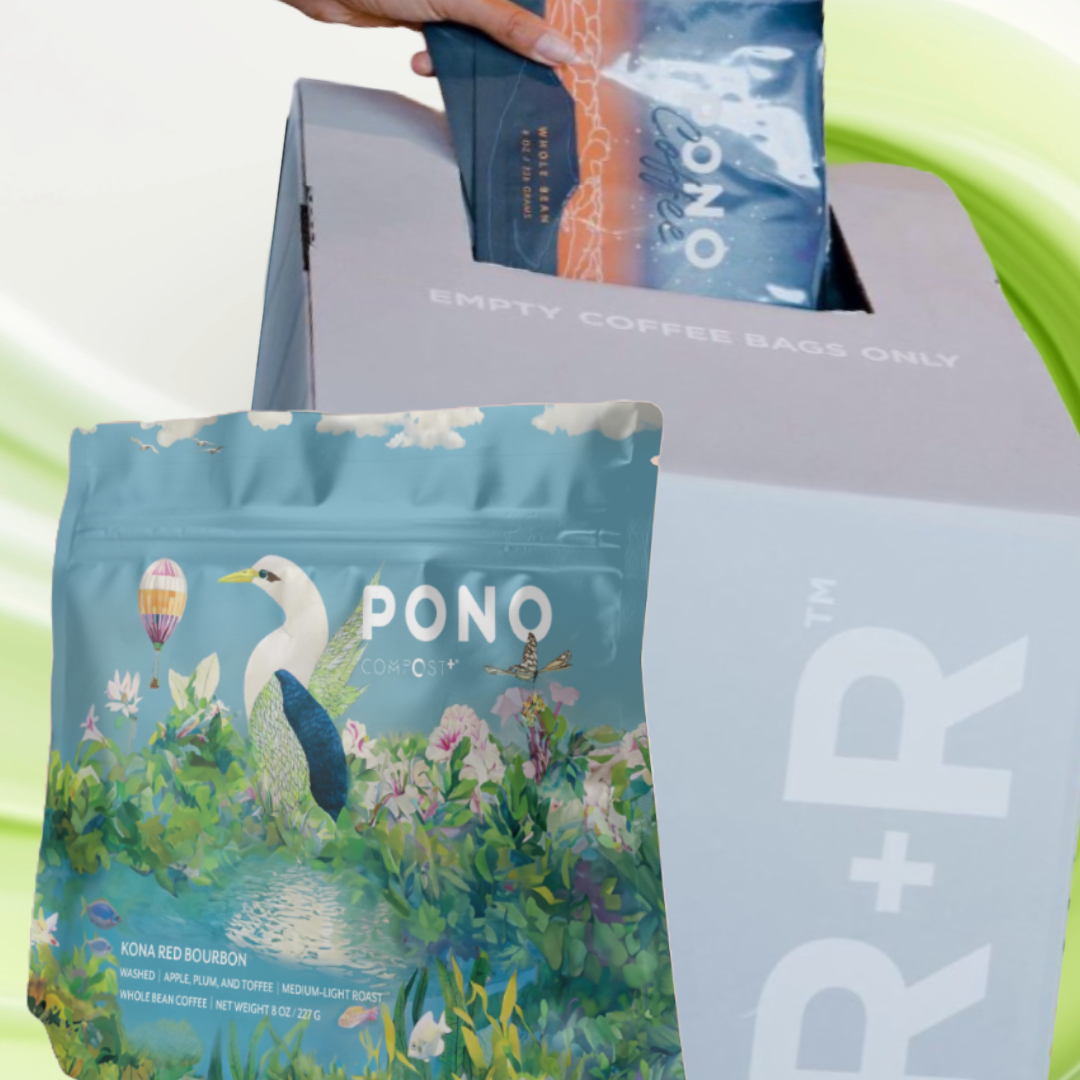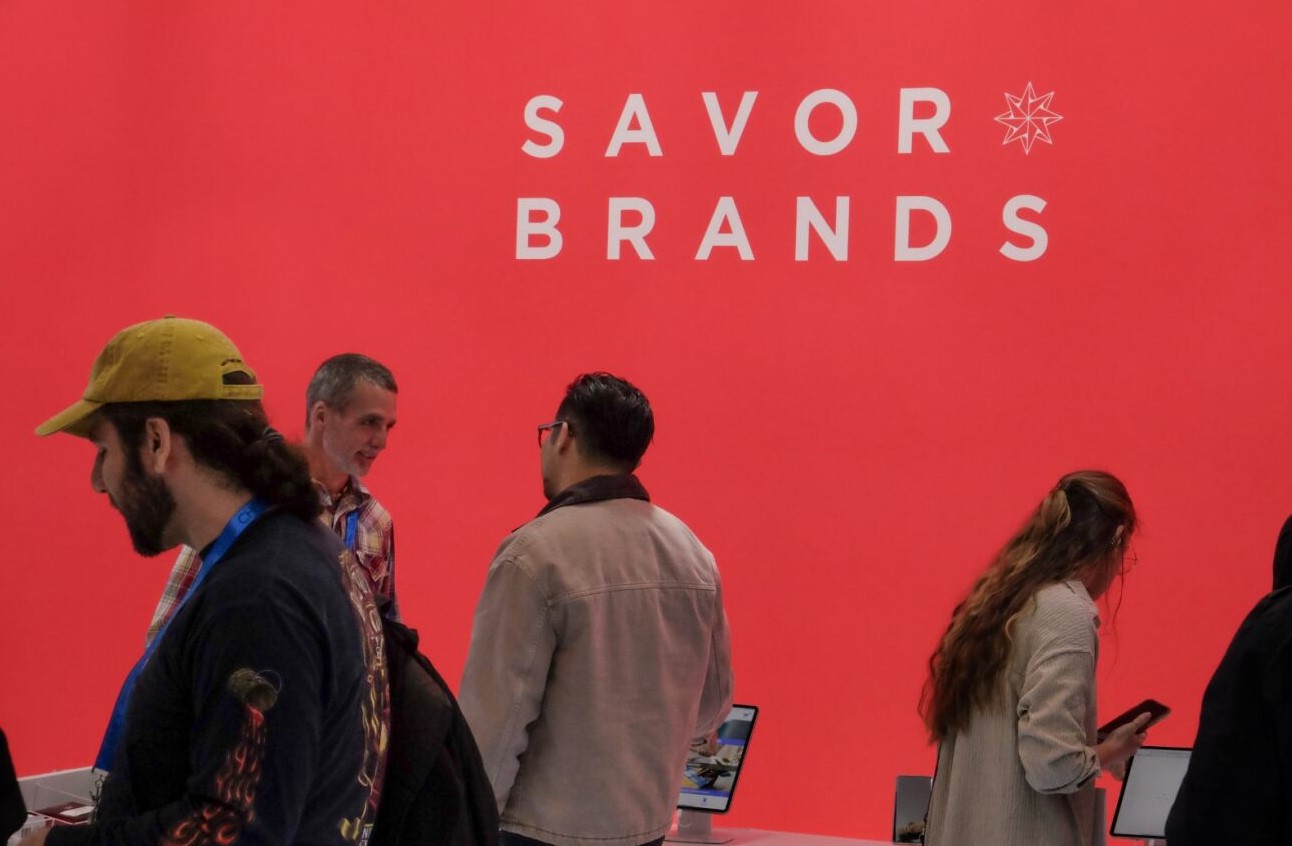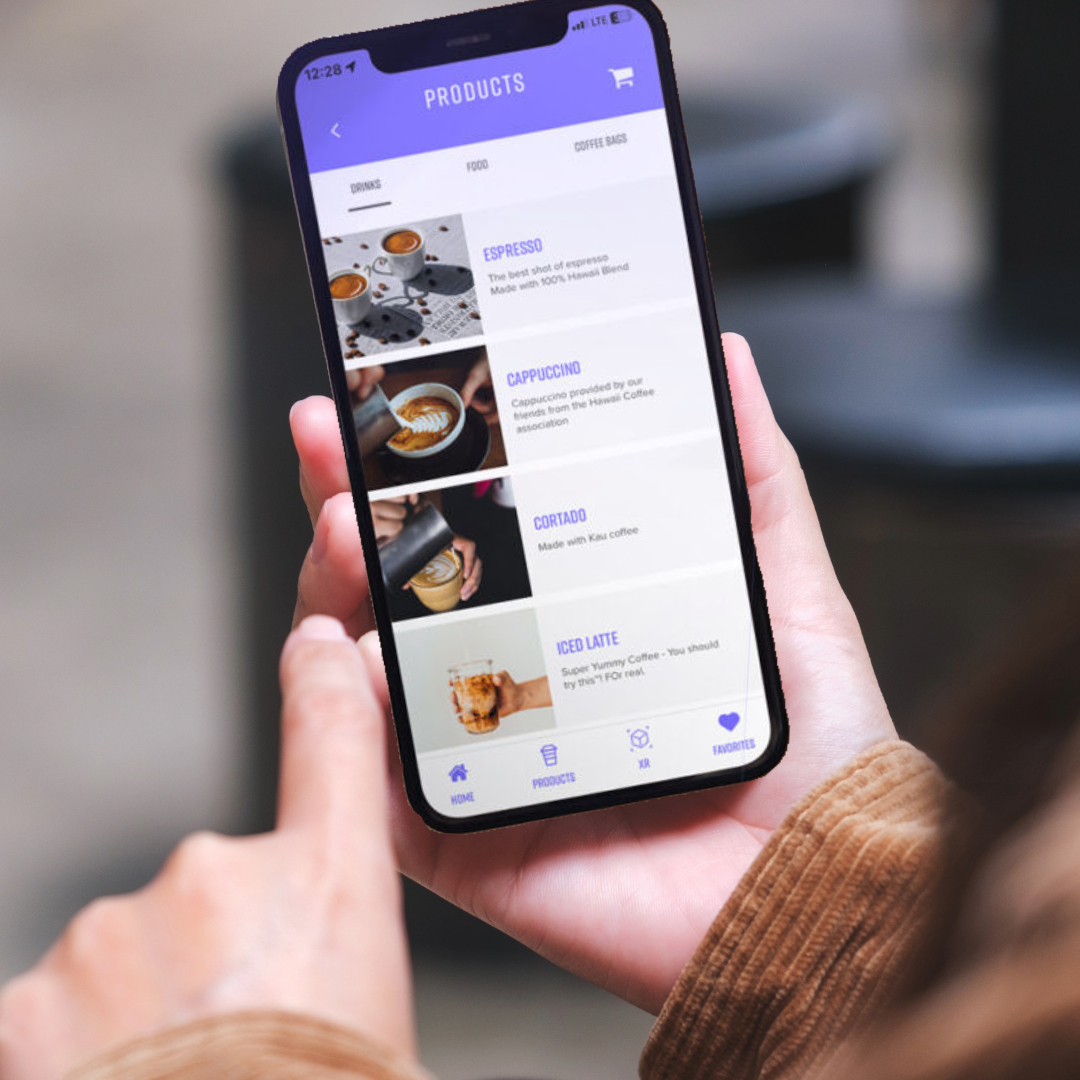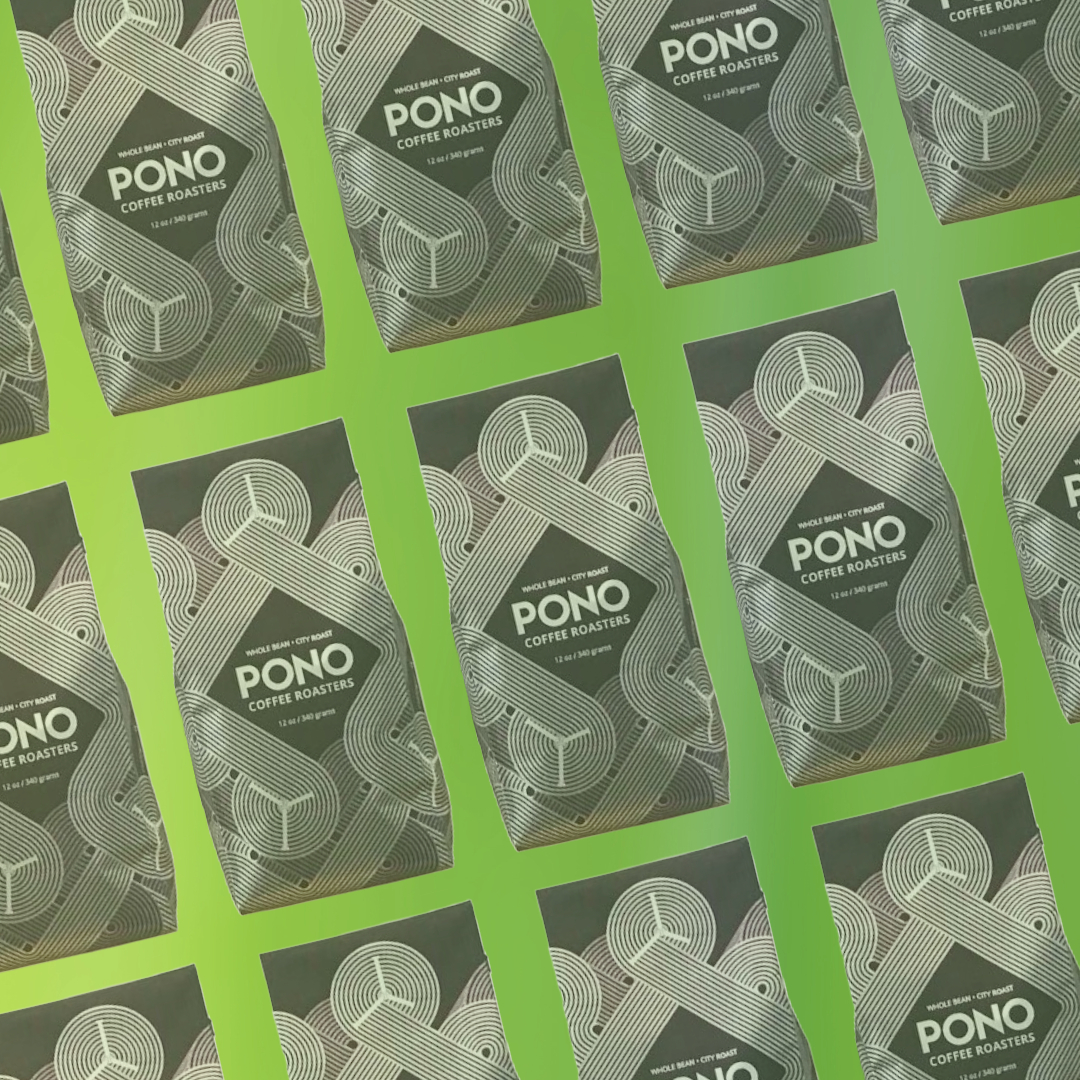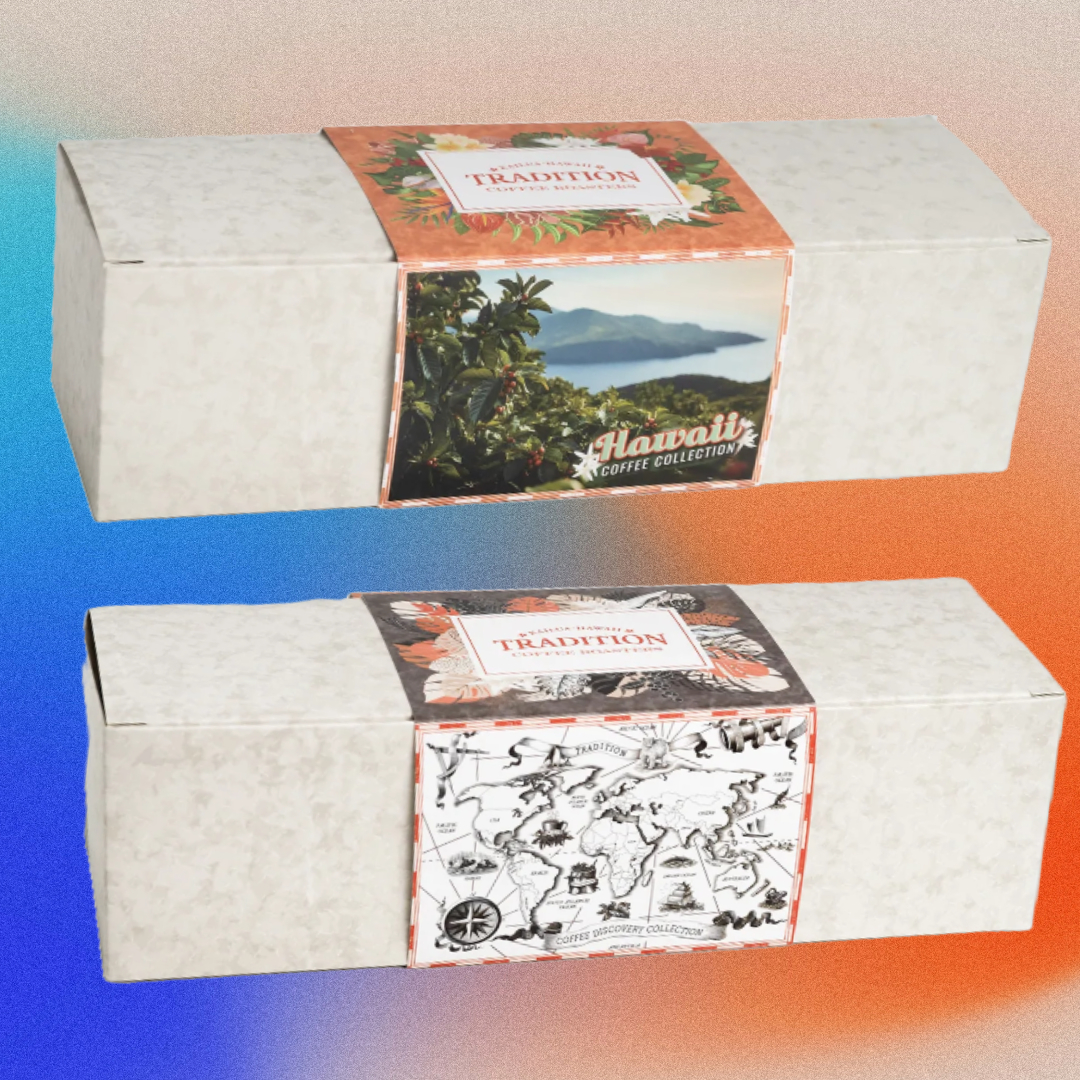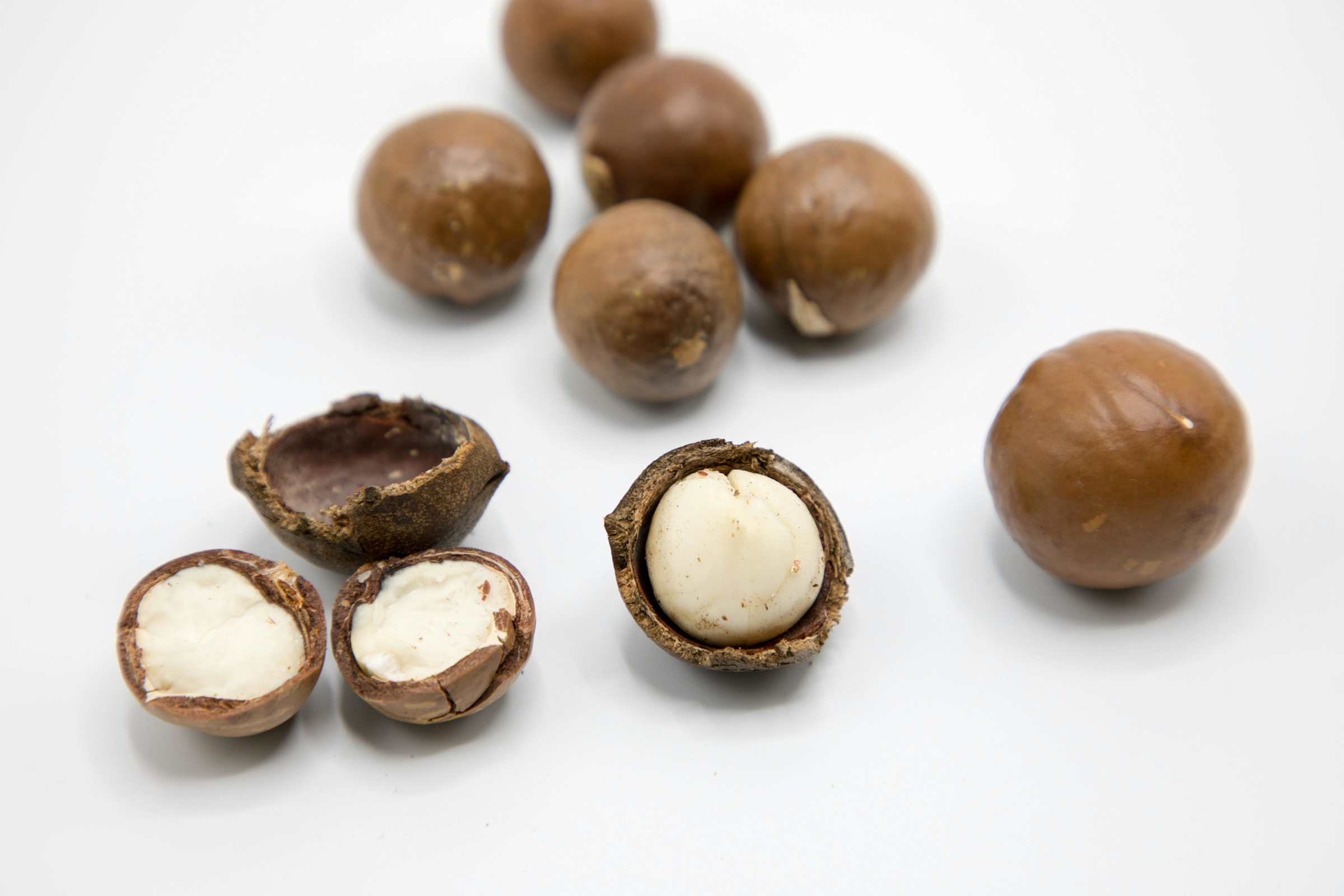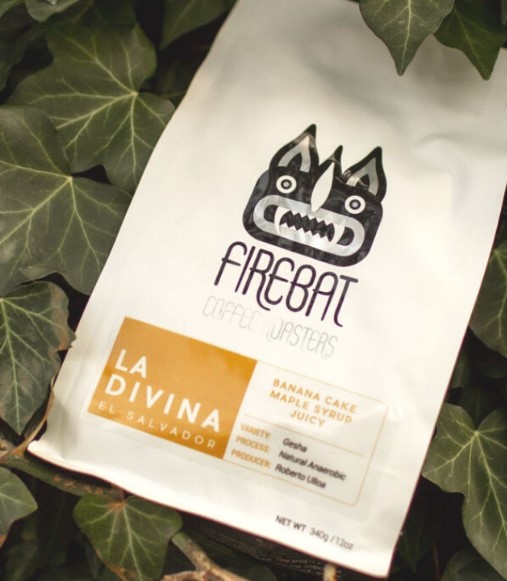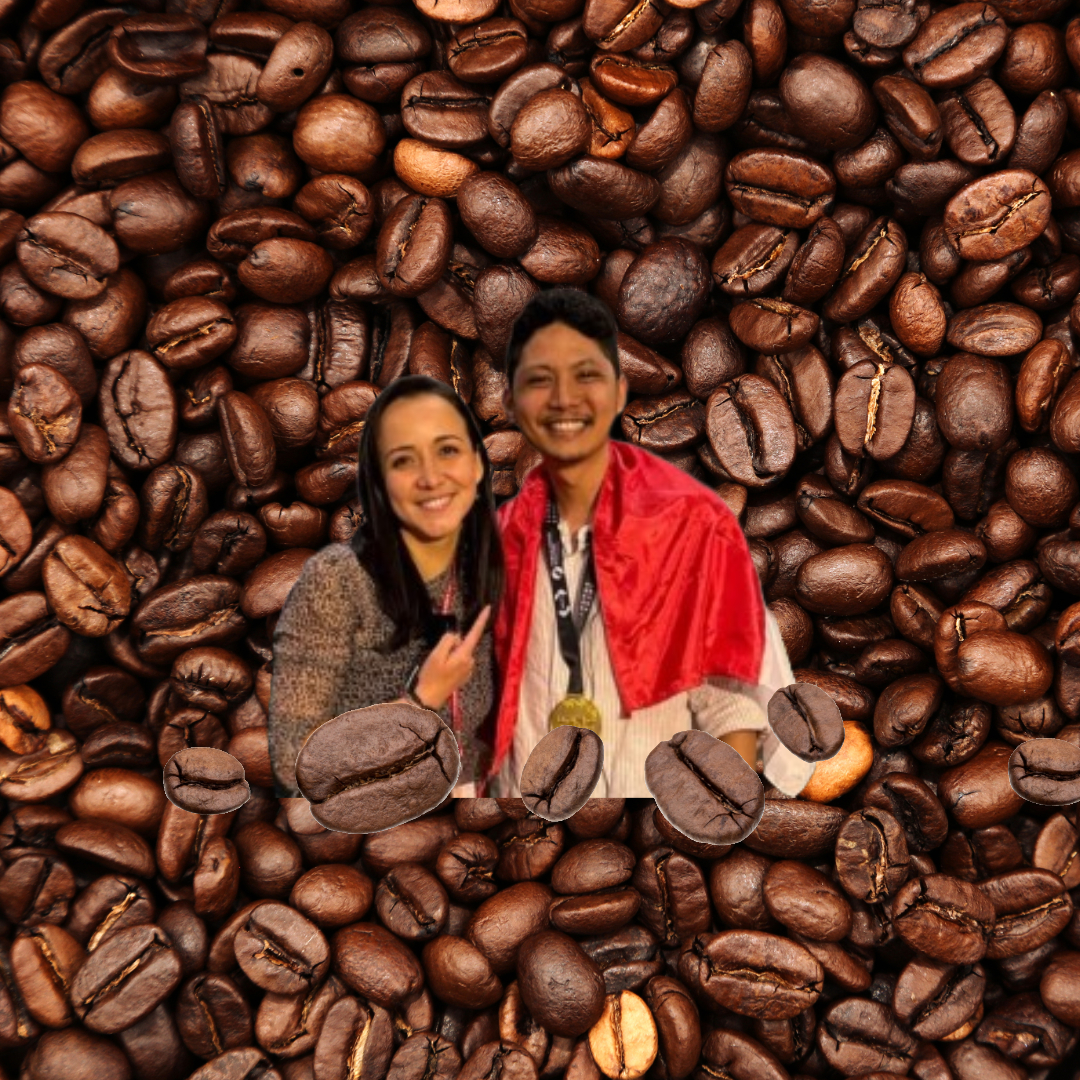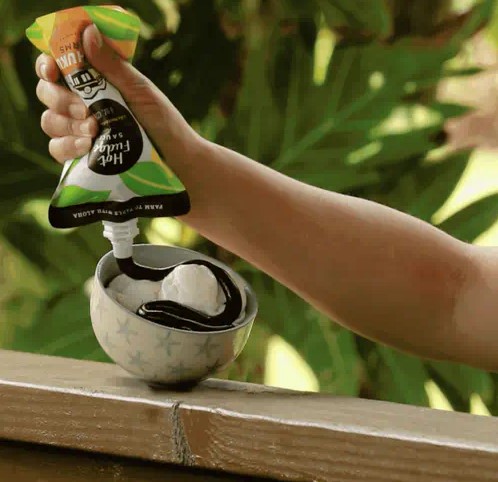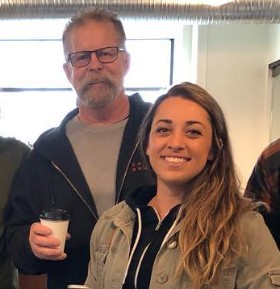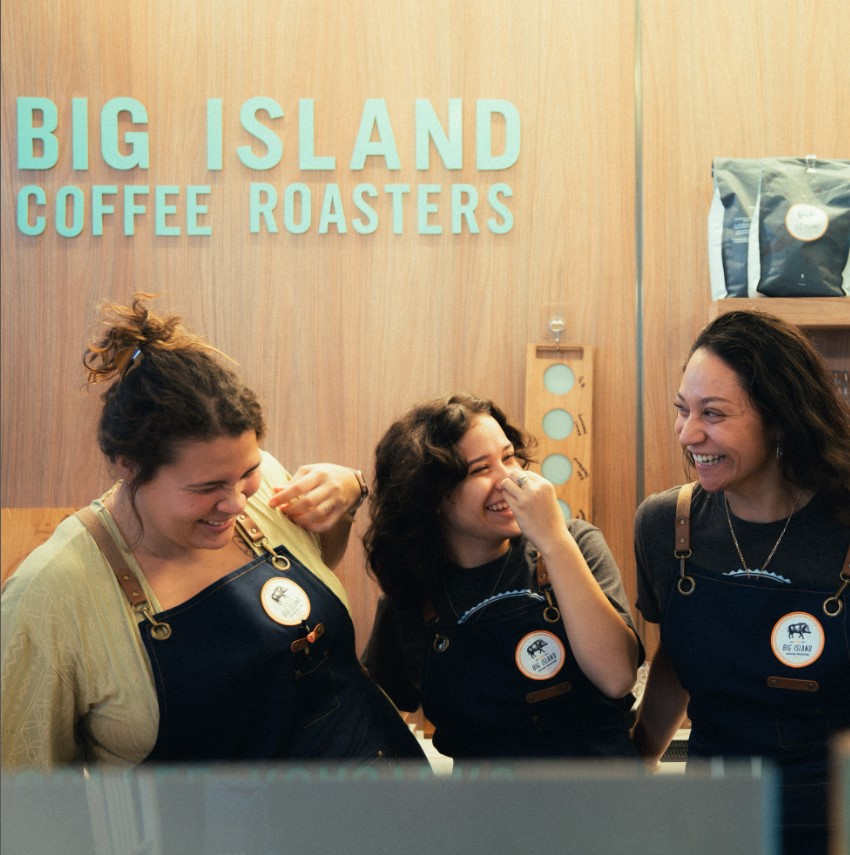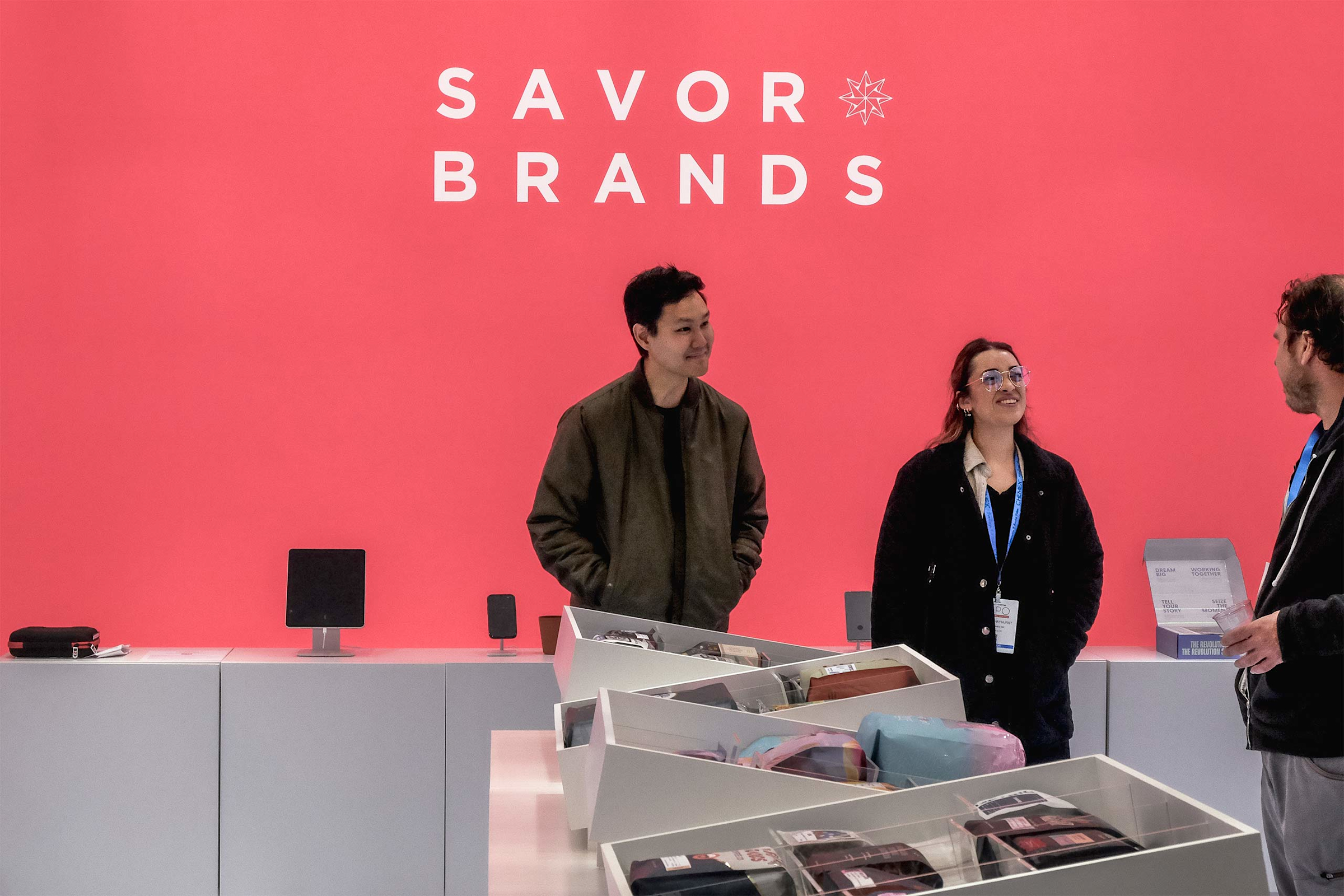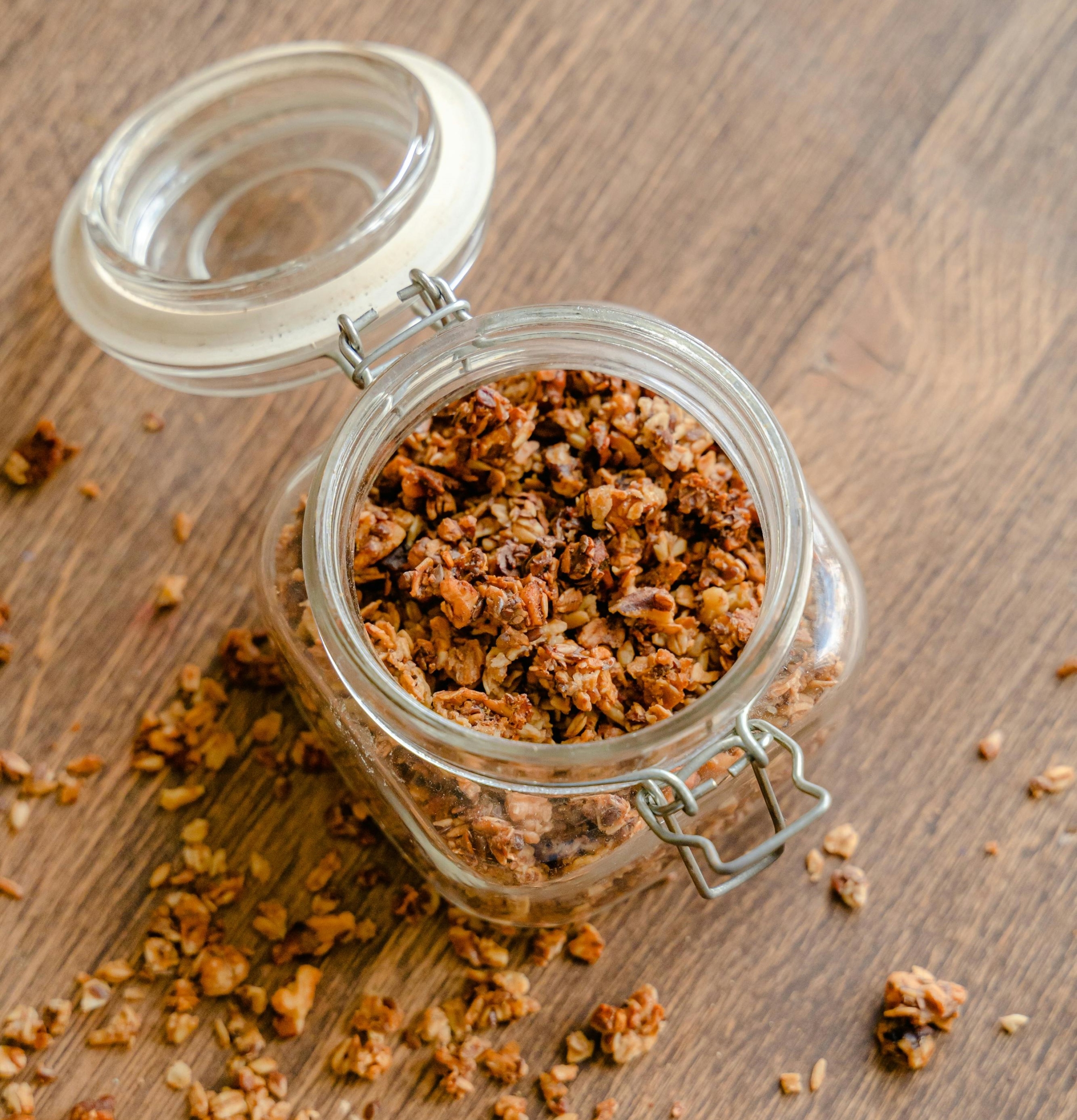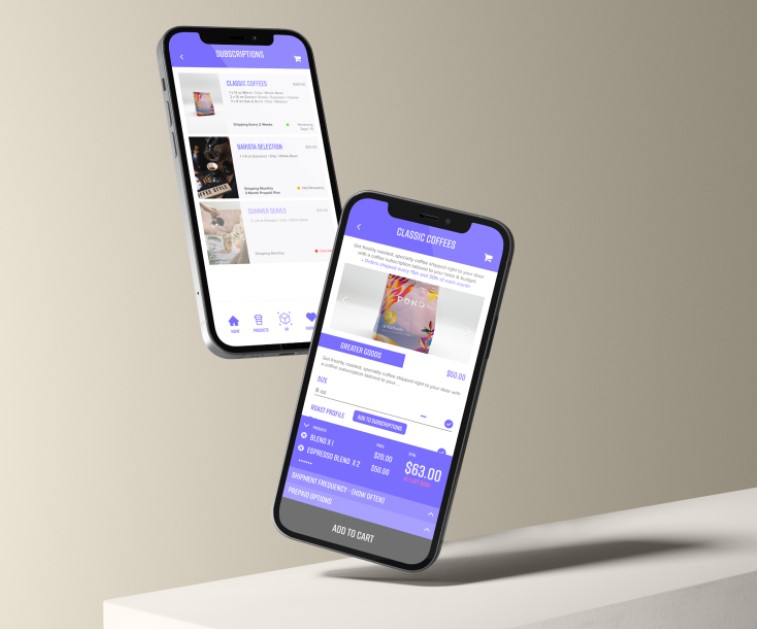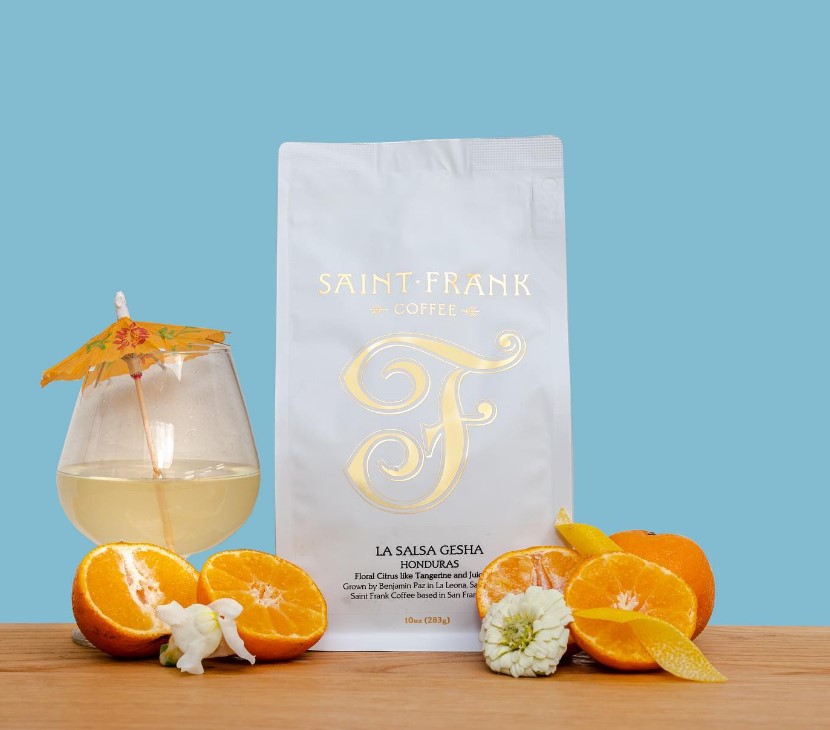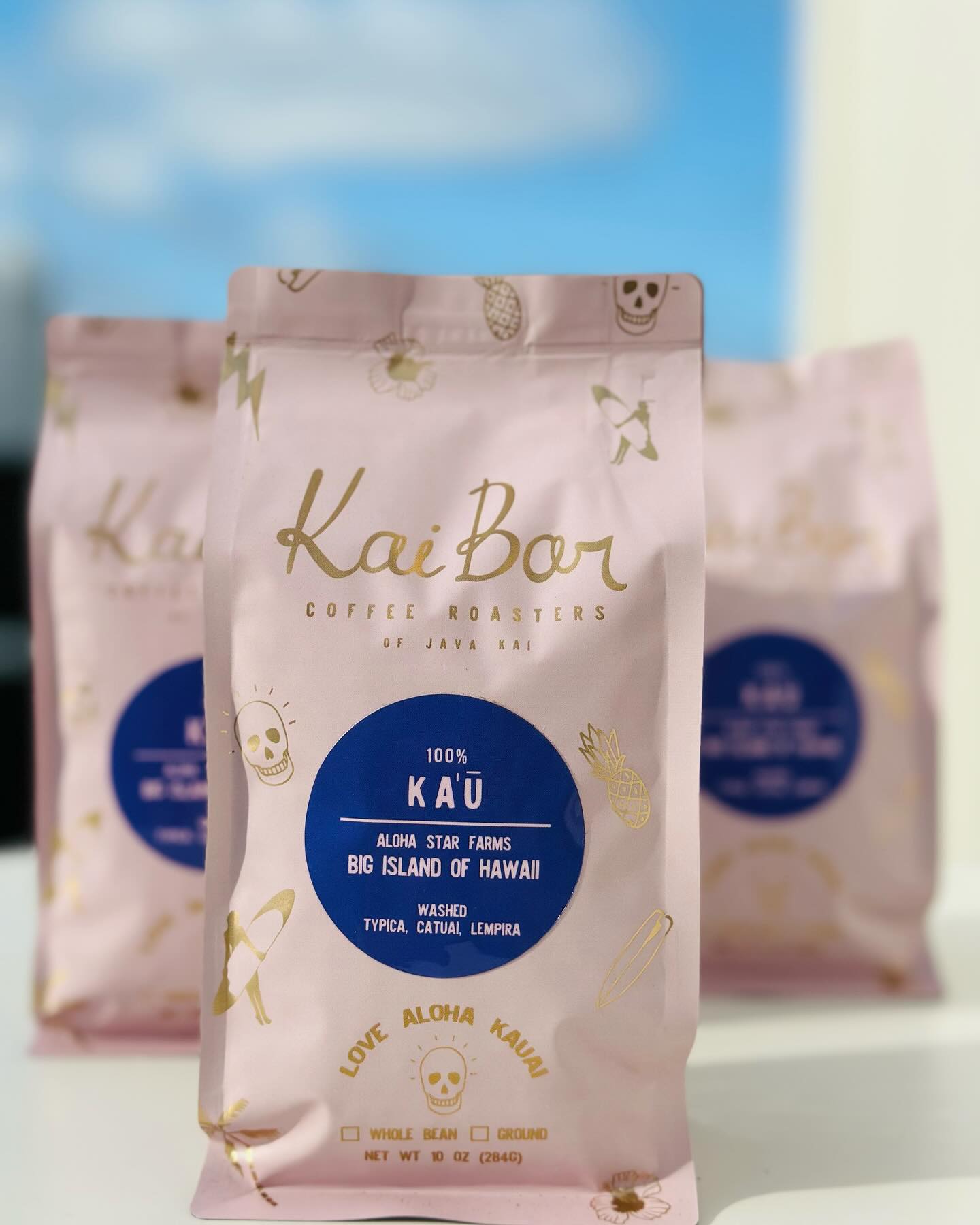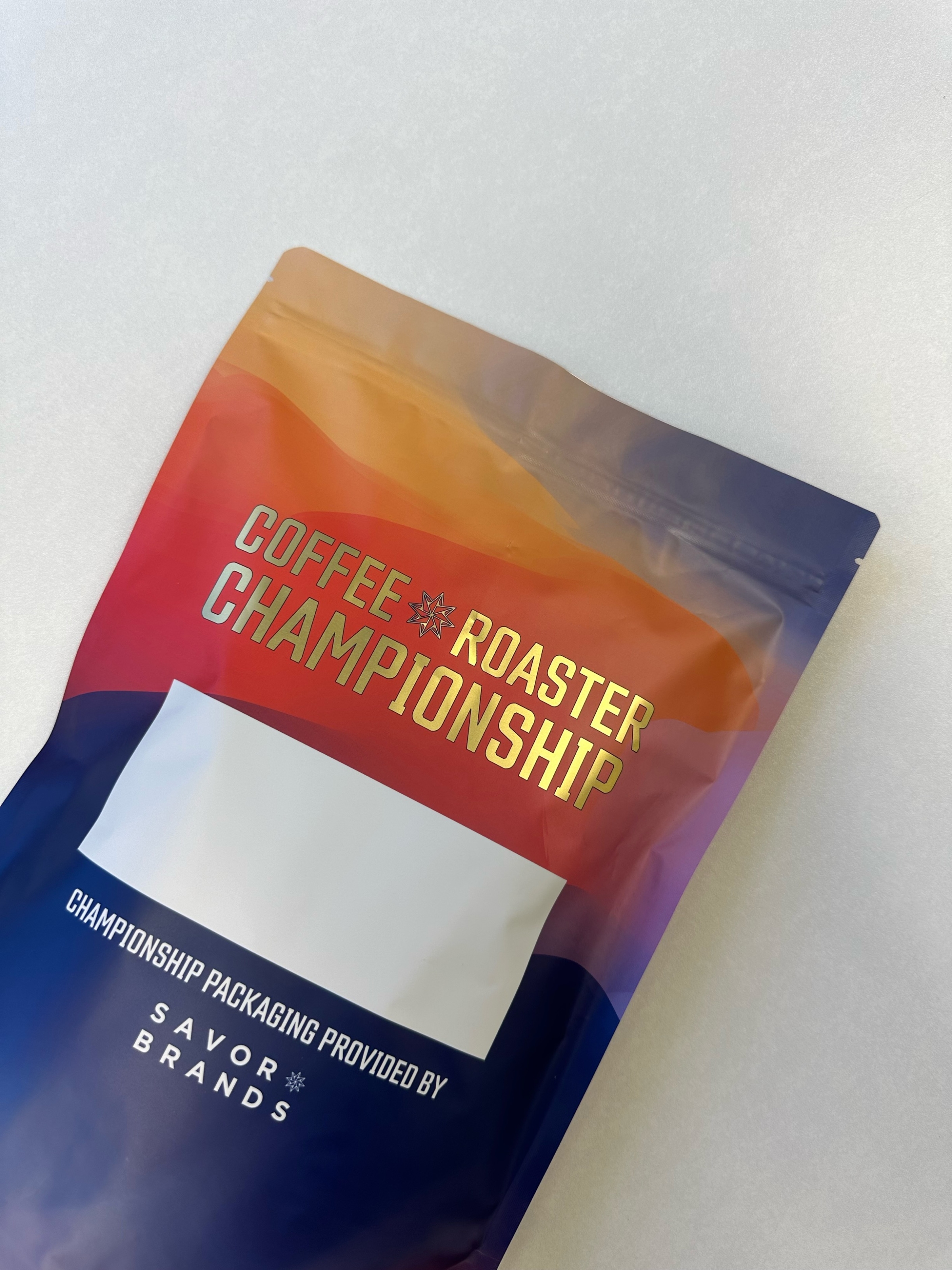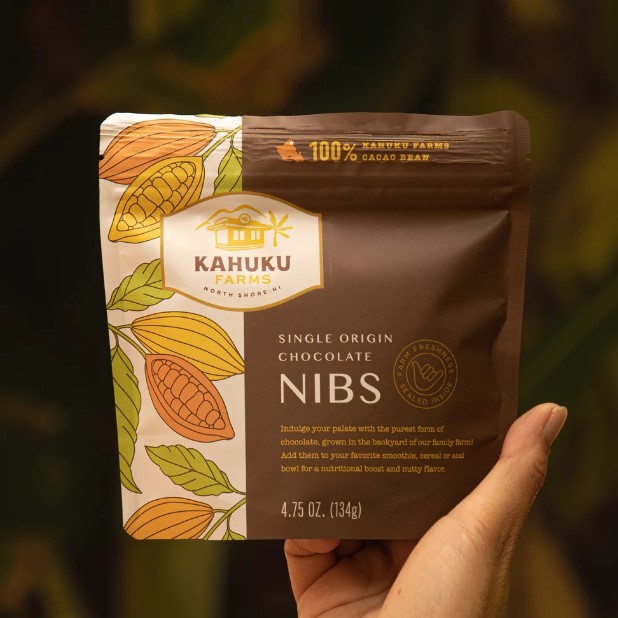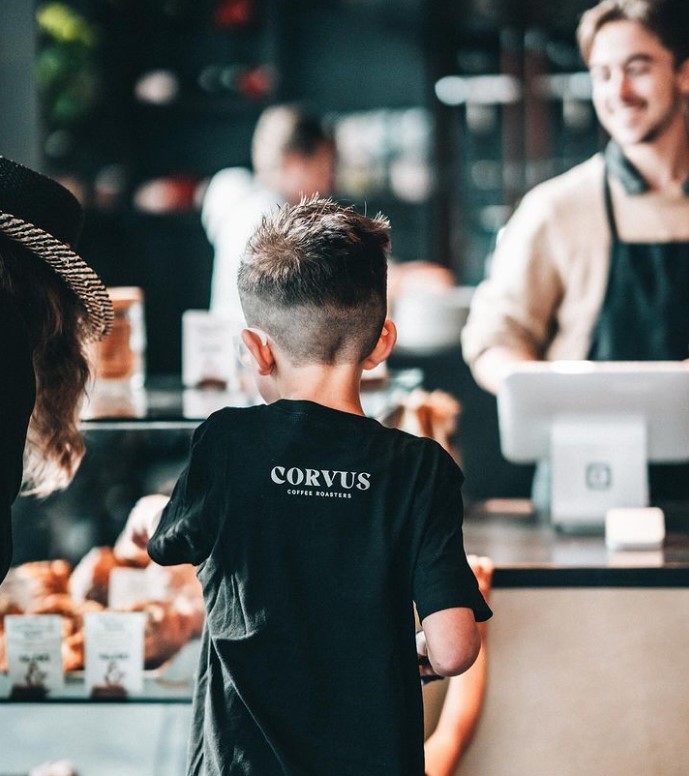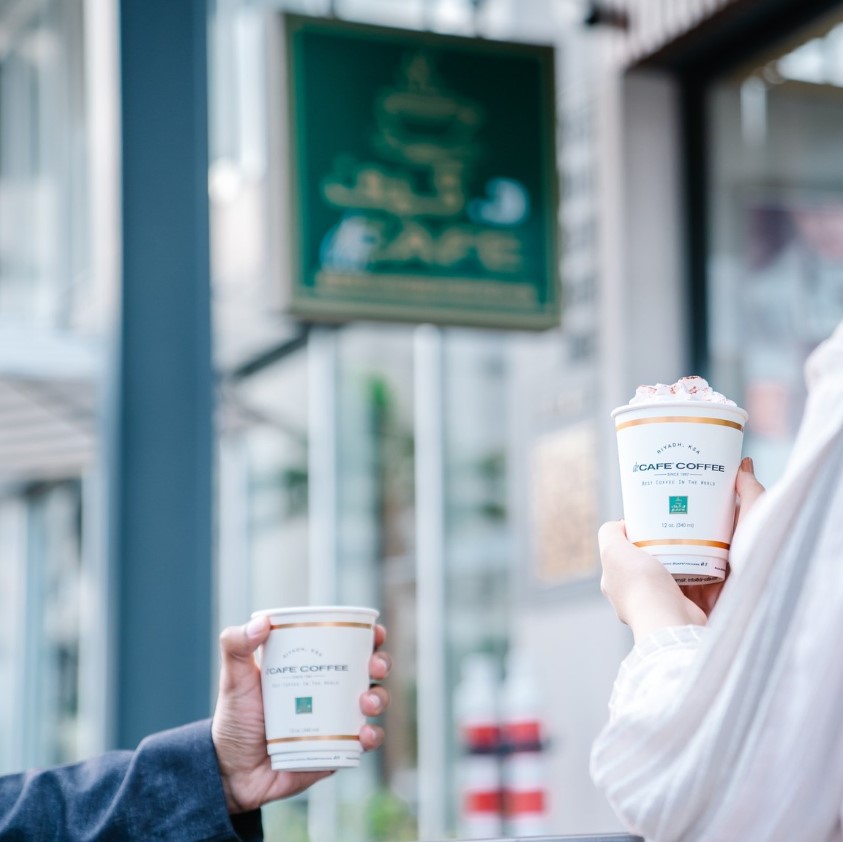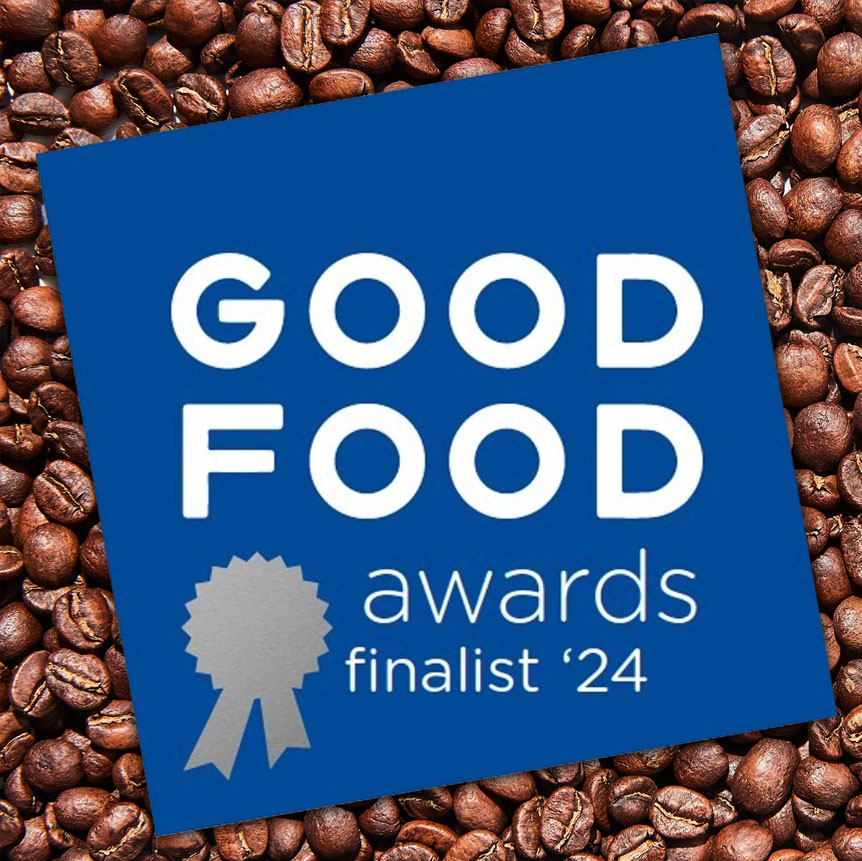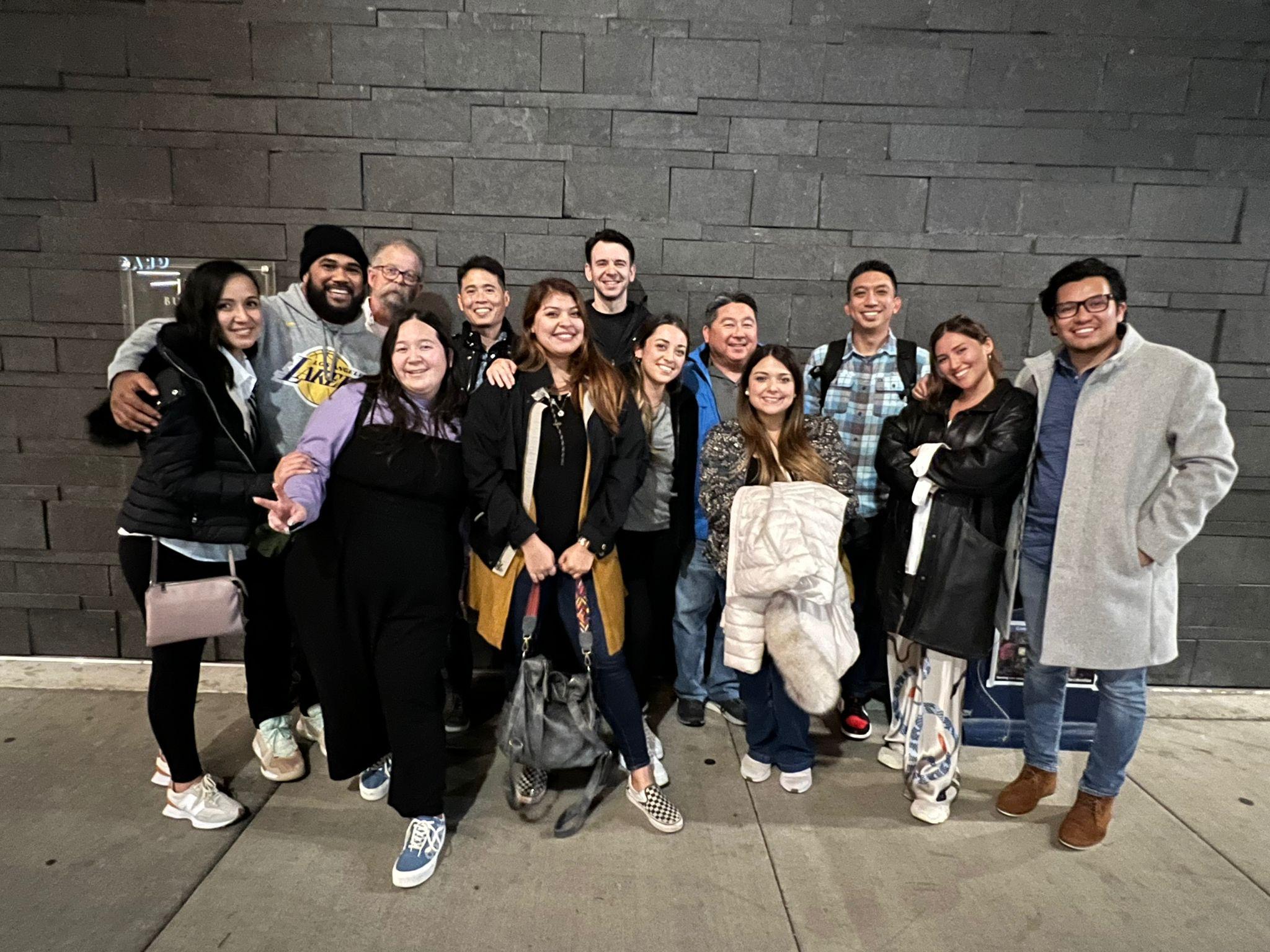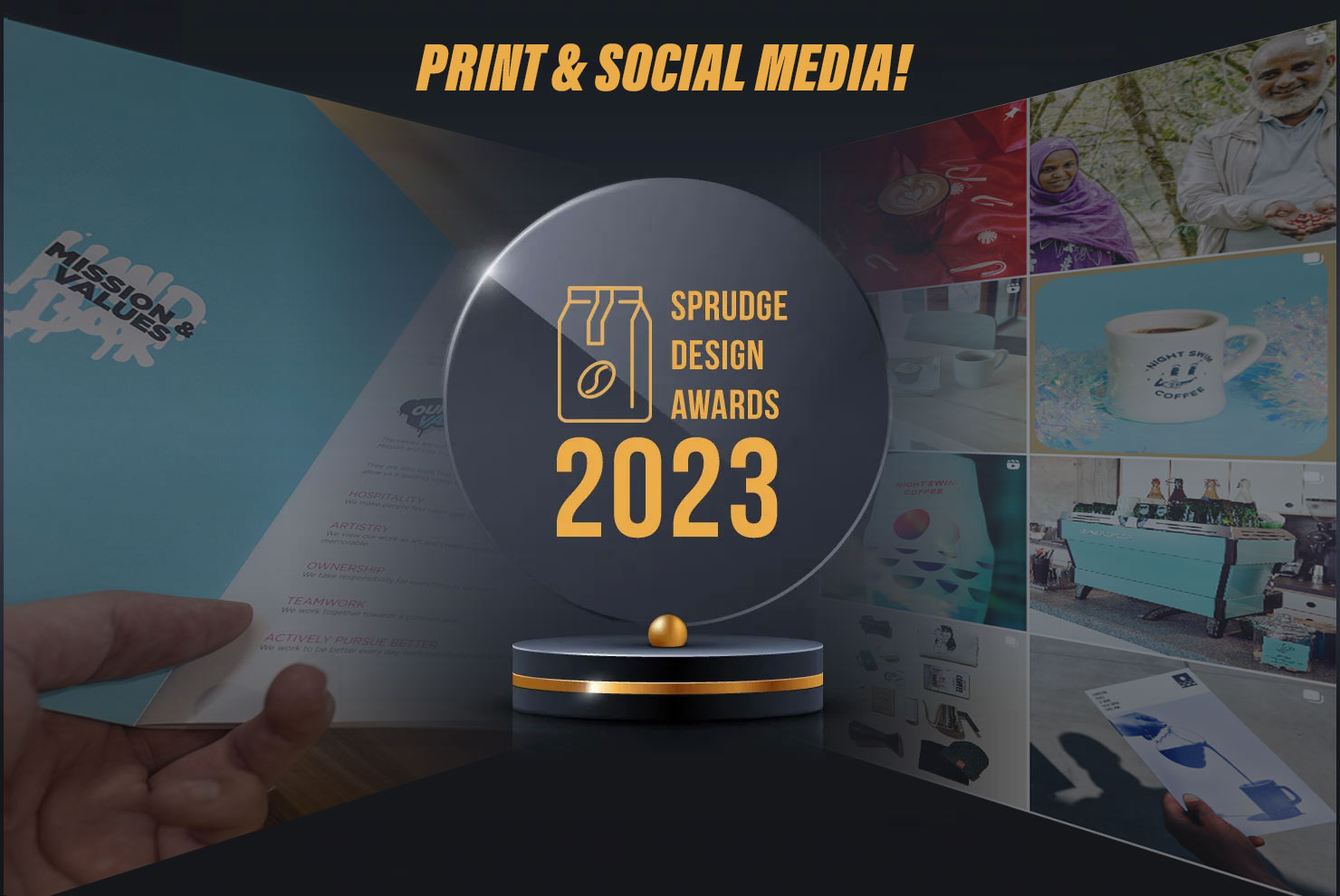How Packaging Turns Food into a Showstopper
Food packaging isn’t just a container—it’s your product’s visual billboard. The way a product is packaged dictates how it will be perceived by customers, impacting everything from shelf placement to overall sales performance. Your packaging is like a fashion show for your food, showcasing the product in a way that appeals to consumers and sets it apart from the competition.
In the retail world, you only have a few seconds to grab someone’s attention. Studies show that customers make a decision within 3 to 5 seconds of viewing a product on a shelf. This is why a well-thought-out design is critical. A sharp, eye-catching package can pull people in, while a dull or confusing one may be ignored, no matter how amazing the product inside is.
Design Trends that Capture Attention
Your packaging’s visual appeal plays a major role in its effectiveness. Colors, fonts, and overall layout work together to either make your product stand out or blend in with everything else. Modern design trends often focus on minimalist looks, with clear labels, bold colors, and an emphasis on sustainability. What catches your attention when you're browsing a store aisle? It’s often packaging that’s clean, vibrant, and visually distinct.
- Bold, bright colors that draw the eye.
- Minimalistic fonts that make the product name easy to read.
- Eco-friendly materials that resonate with today's environmentally-conscious buyers.
- Whether using flexible packaging or sturdy boxes, these design elements help ensure your product stands out in a sea of options.
Flexible Packaging vs. Boxed Packaging
There are two main types of food packaging: flexible and boxed. Each has its strengths, and the choice often comes down to the product itself and how it will be displayed on store shelves.
1.
Flexible packaging, such as bags or pouches, offers versatility. It's lightweight, cost-effective, and can take on different shapes to fit the product inside. Flexible materials are popular for snacks, pet food, and convenience items. These packages can also feature resealable options, adding a layer of convenience that consumers appreciate.
2.
Boxed Packaging provide a solid and structured presentation. They’re ideal for products that need protection or have multiple components, such as cereals or frozen meals. Boxes can also be designed with creative openings, windows to see the product inside, and even unique shapes that further differentiate them from other products on the shelf.
How Packaging Impacts Food Quality
Food packaging doesn’t just sell—it also serves an essential function in preserving the product’s quality. A great package protects food from external elements like moisture, air, and contaminants, ensuring that it stays fresh from the factory to the consumer's hands. Packaging with proper sealing or insulation maintains the quality and extends the shelf life, which can directly impact customer satisfaction.
- Prevents contamination by sealing out harmful elements.
- Maintains freshness through airtight seals.
- Extends shelf life, keeping products appealing for longer.
Positive Impacts of Food Packaging
The right packaging offers more than just aesthetic appeal. It can communicate critical information like ingredients, nutritional content, and expiration dates, helping customers make informed choices. Properly labeled and well-designed packaging can also establish trust with consumers by clearly conveying the brand's commitment to quality and transparency.
- Informational labels that help guide customers.
- Transparency in showing off product ingredients or freshness.
- Brand recognition, building trust through consistent quality.
Packaging as a Key Player in Sales
Food packaging is far more than a protective cover—it’s an essential part of the product’s identity. A well-packaged product becomes a visual and functional tool that grabs attention, conveys quality, and secures a spot in the customer’s cart. By focusing on attractive design elements and understanding the role that packaging plays in maintaining food quality, companies can leverage their packaging as a powerful driver of sales.
With the right combination of visual appeal and product protection, food packaging turns every product into a showstopper.
 Contact Our Team!
Contact Our Team!3x SCA Best New Product Award Winner
Industrial Compostable Packaging
Din Certo Certified
Your Very Own White Label Mobile App
Pono Collective: Providing Coffee Education
Lower MOQs With Our Digital Print Process
Setting Trends While Elevating Your Brand







